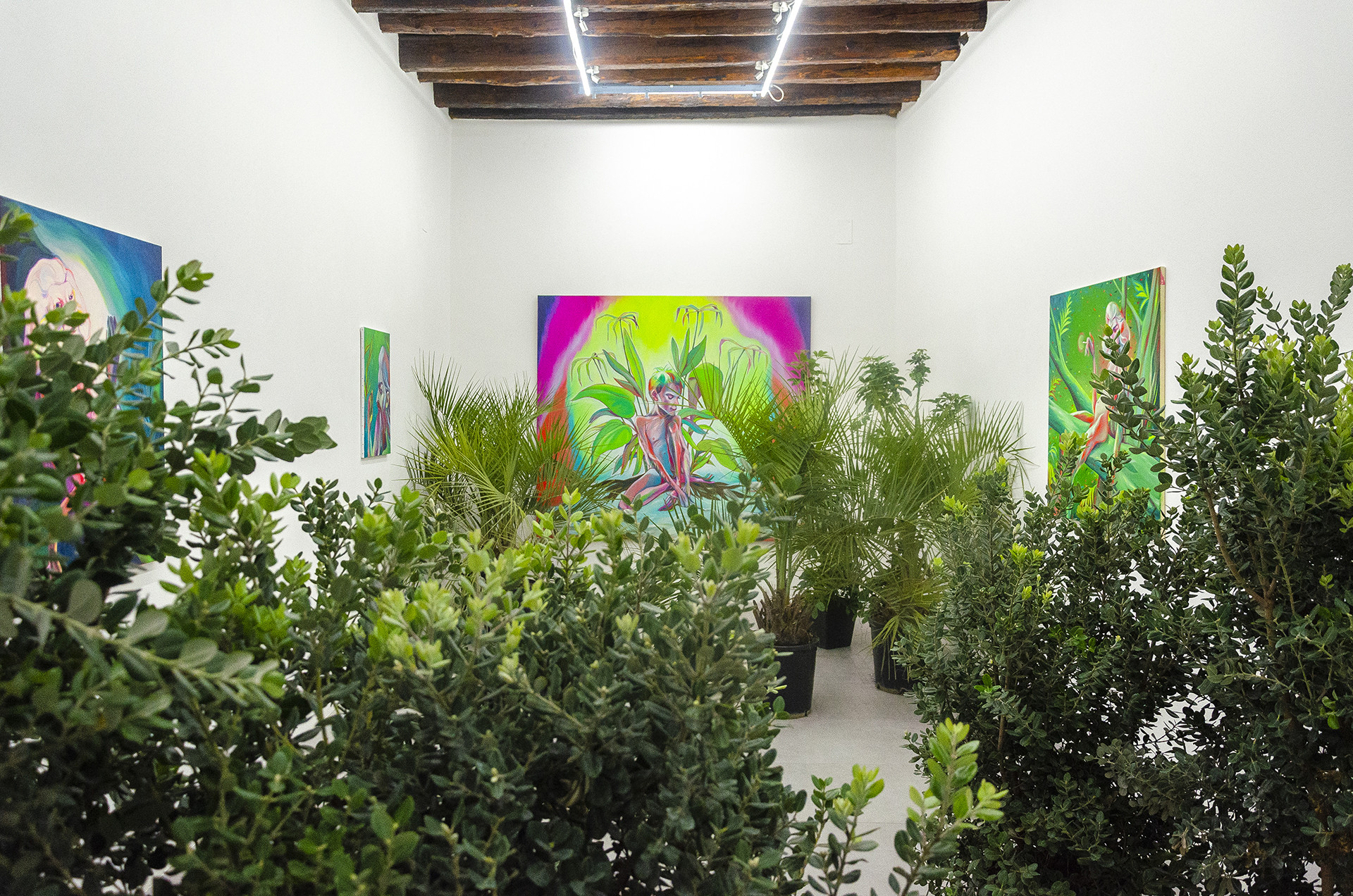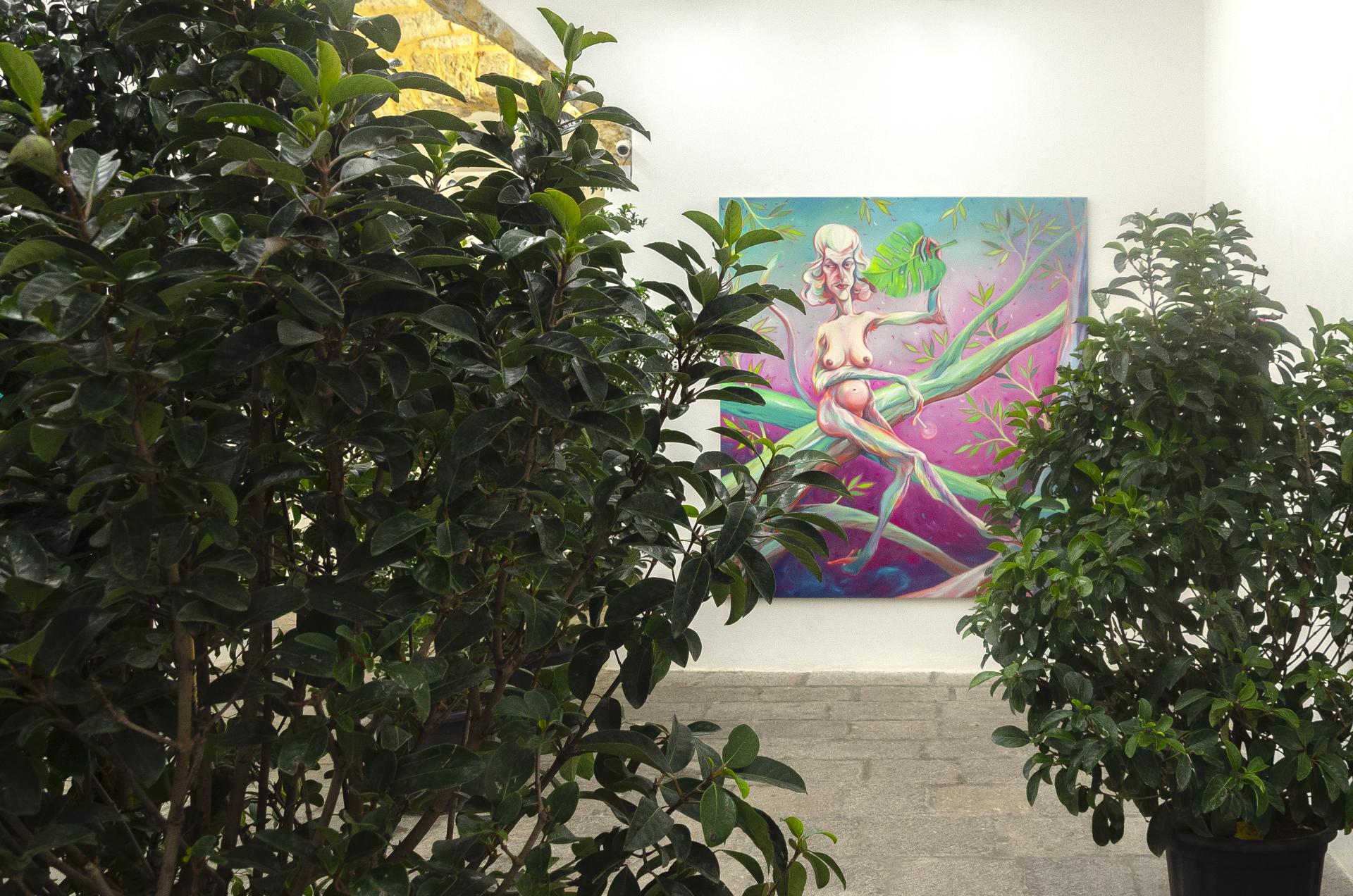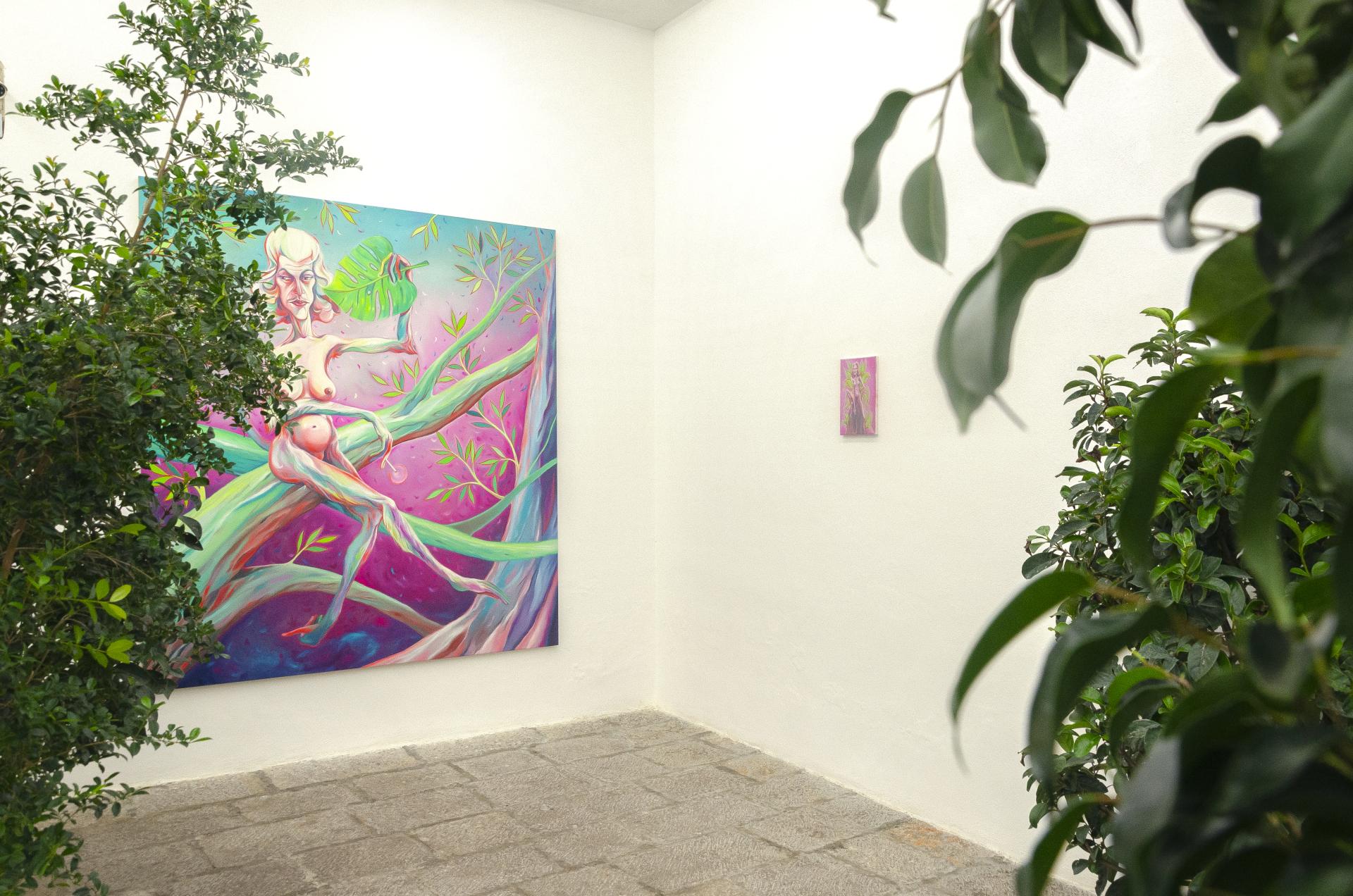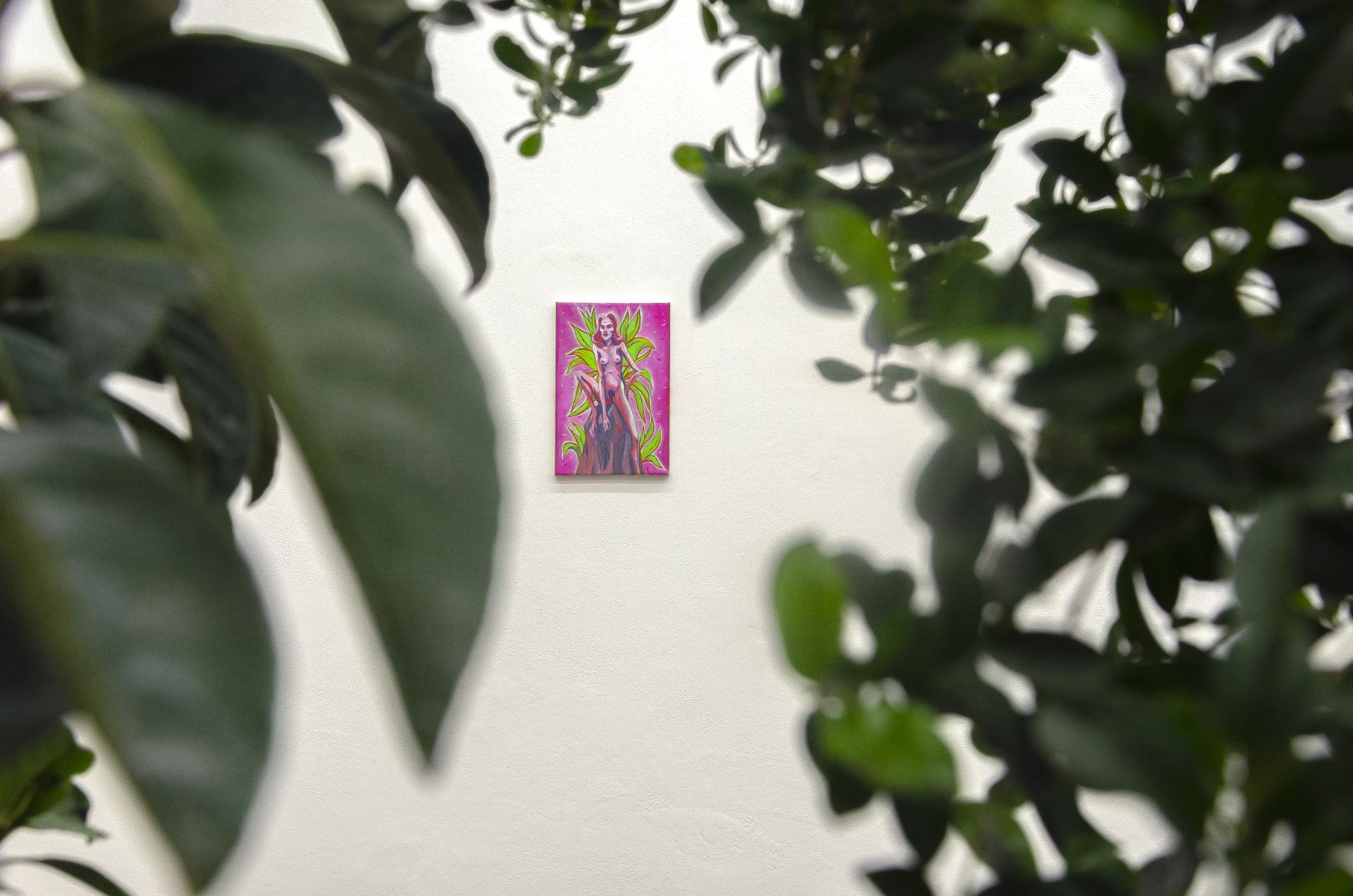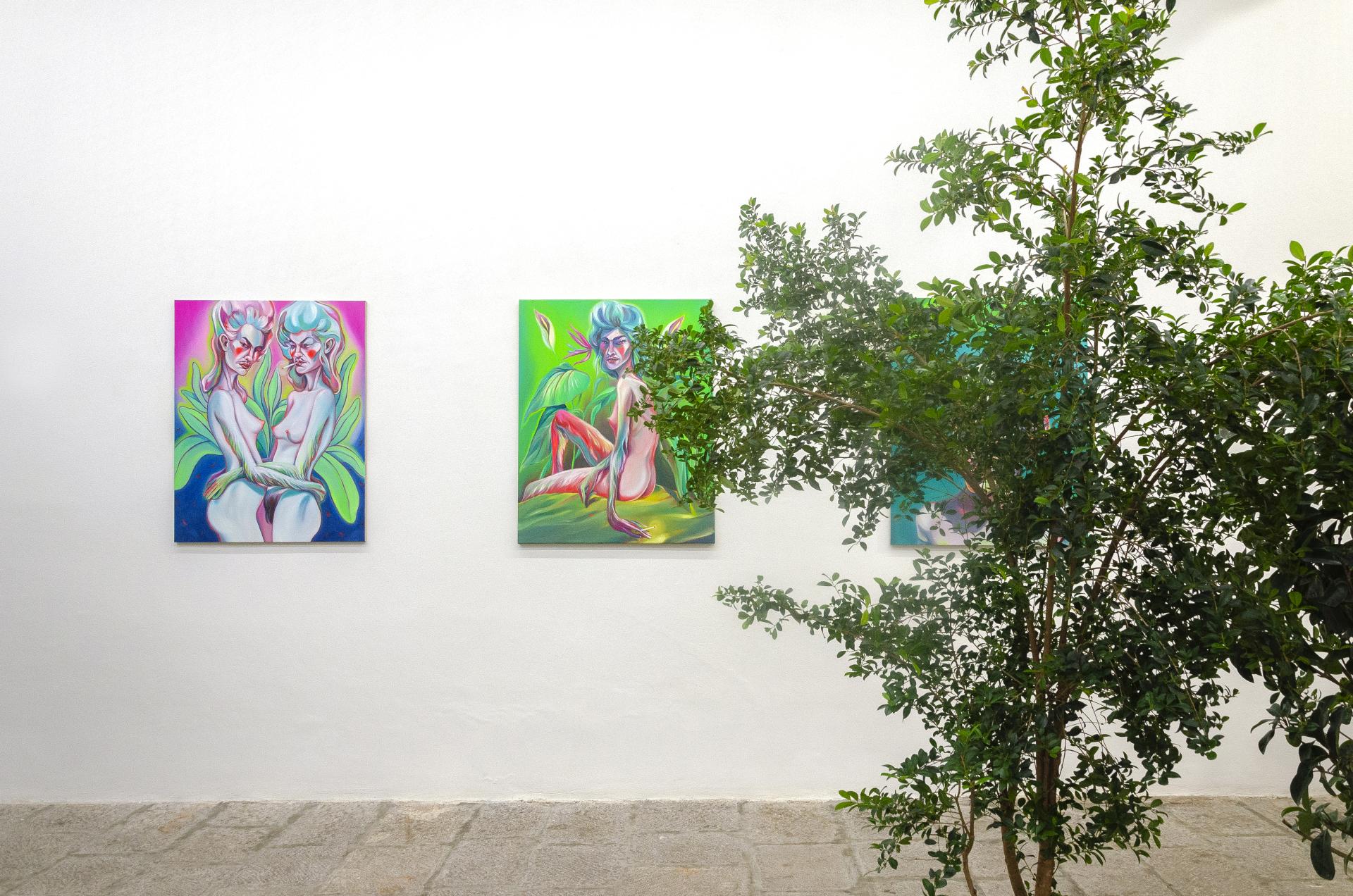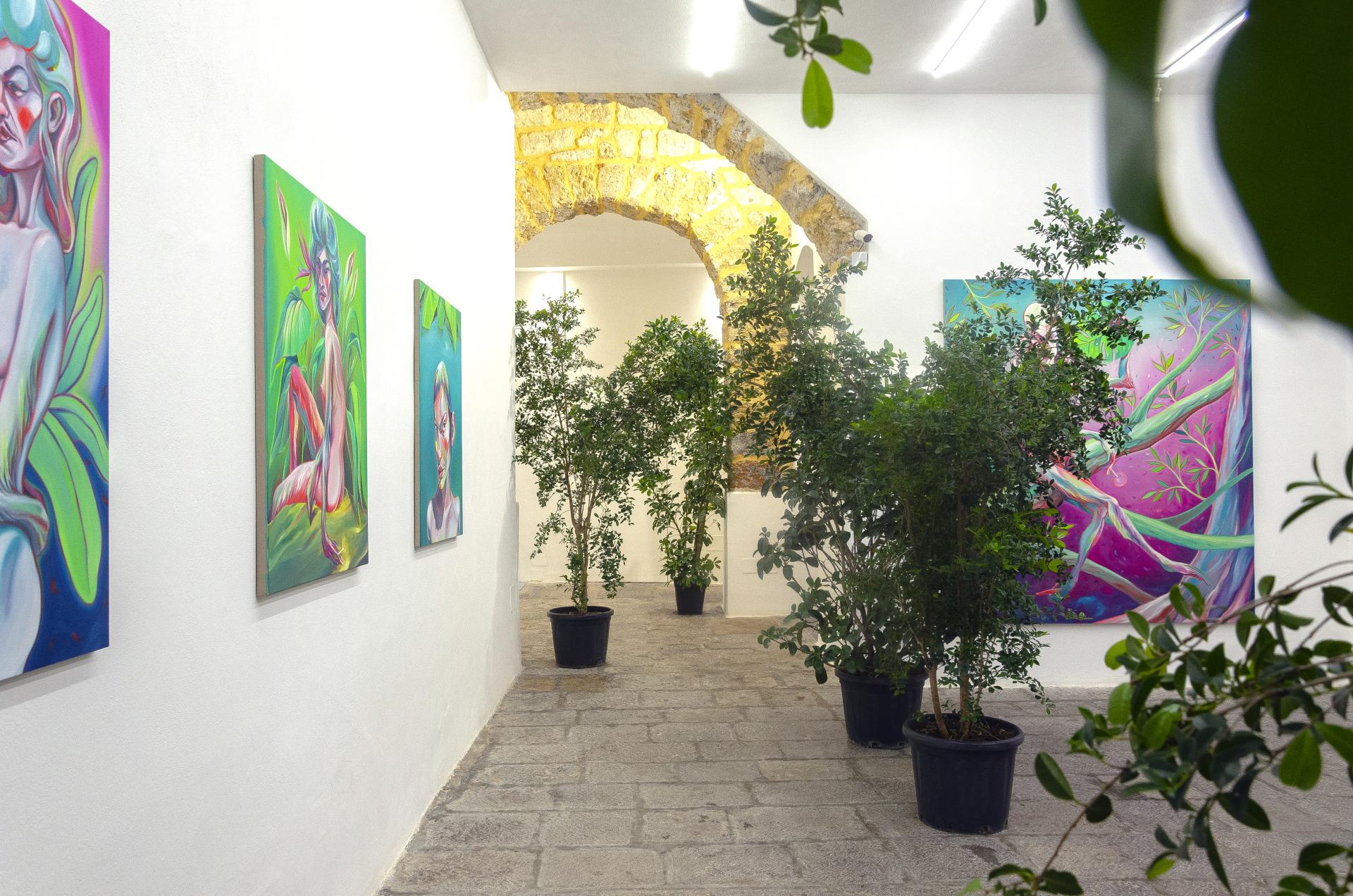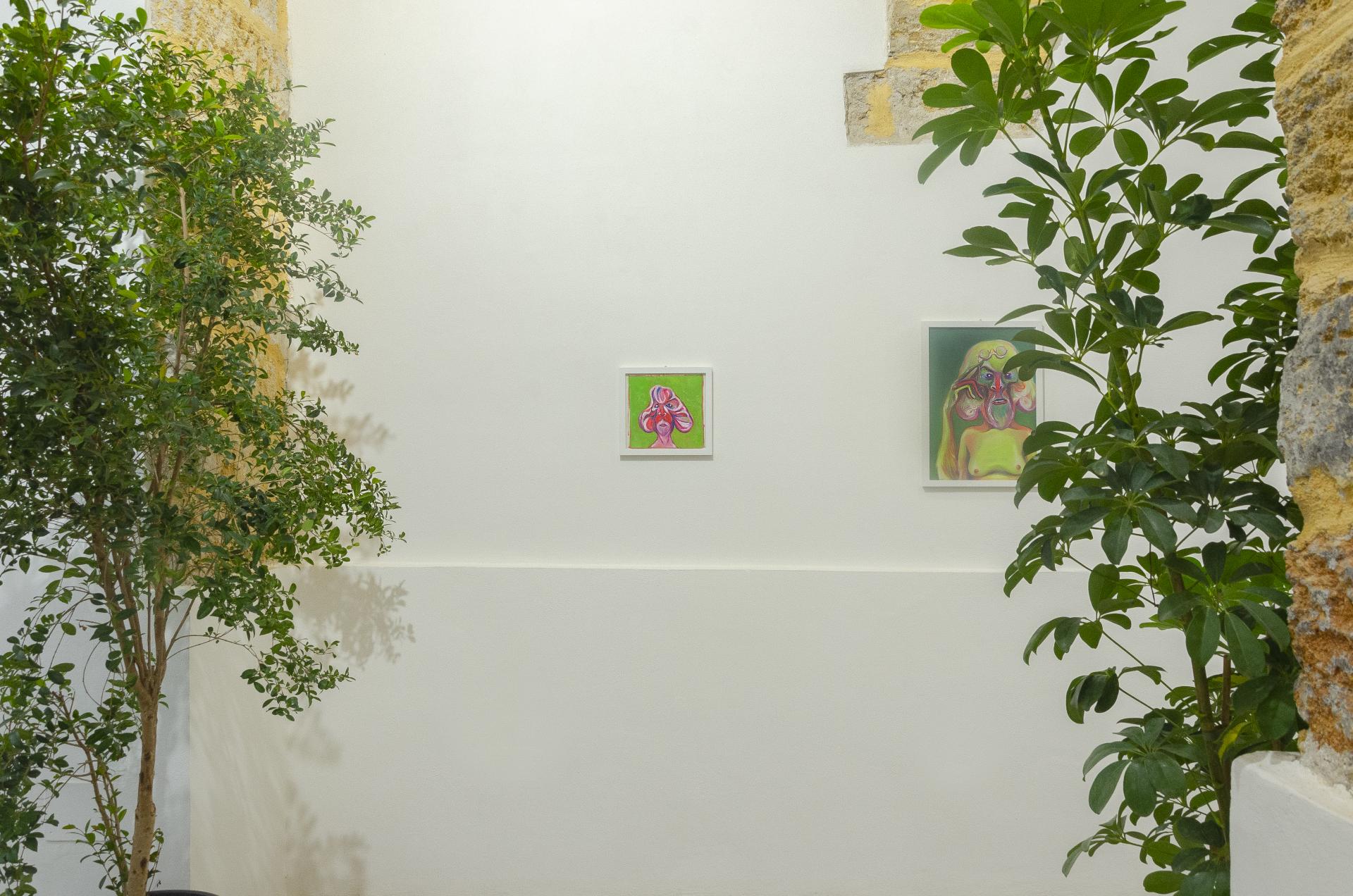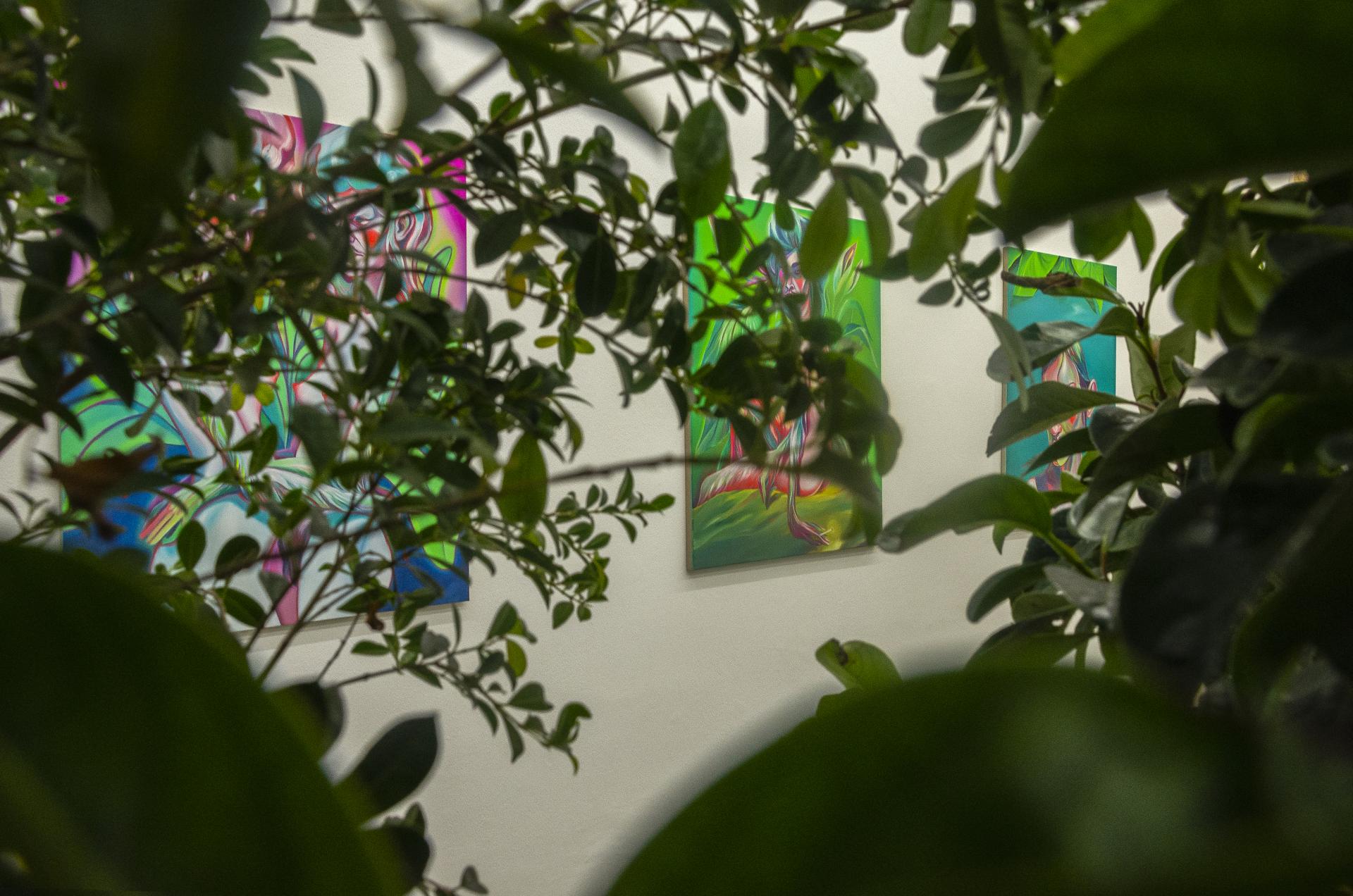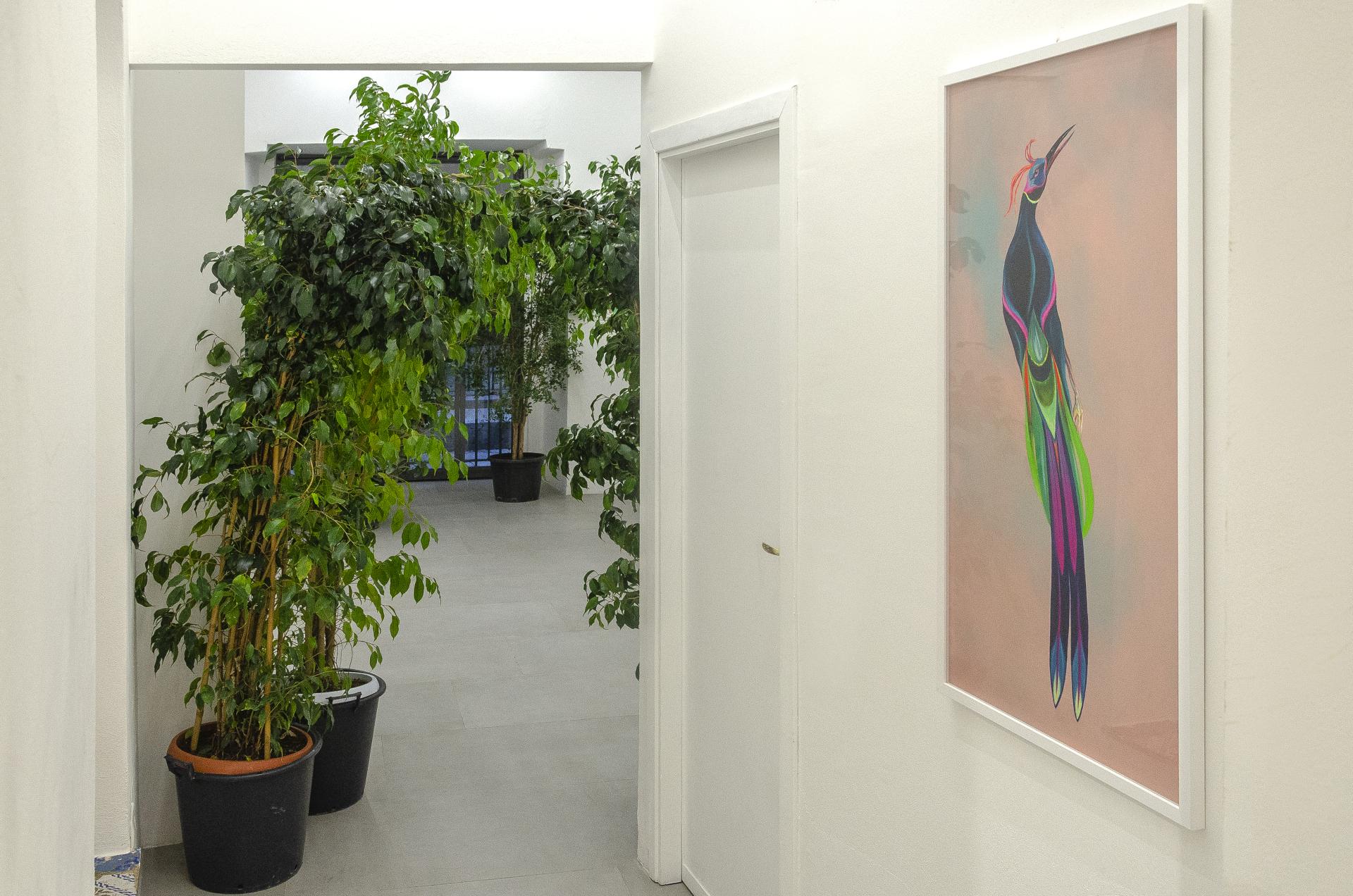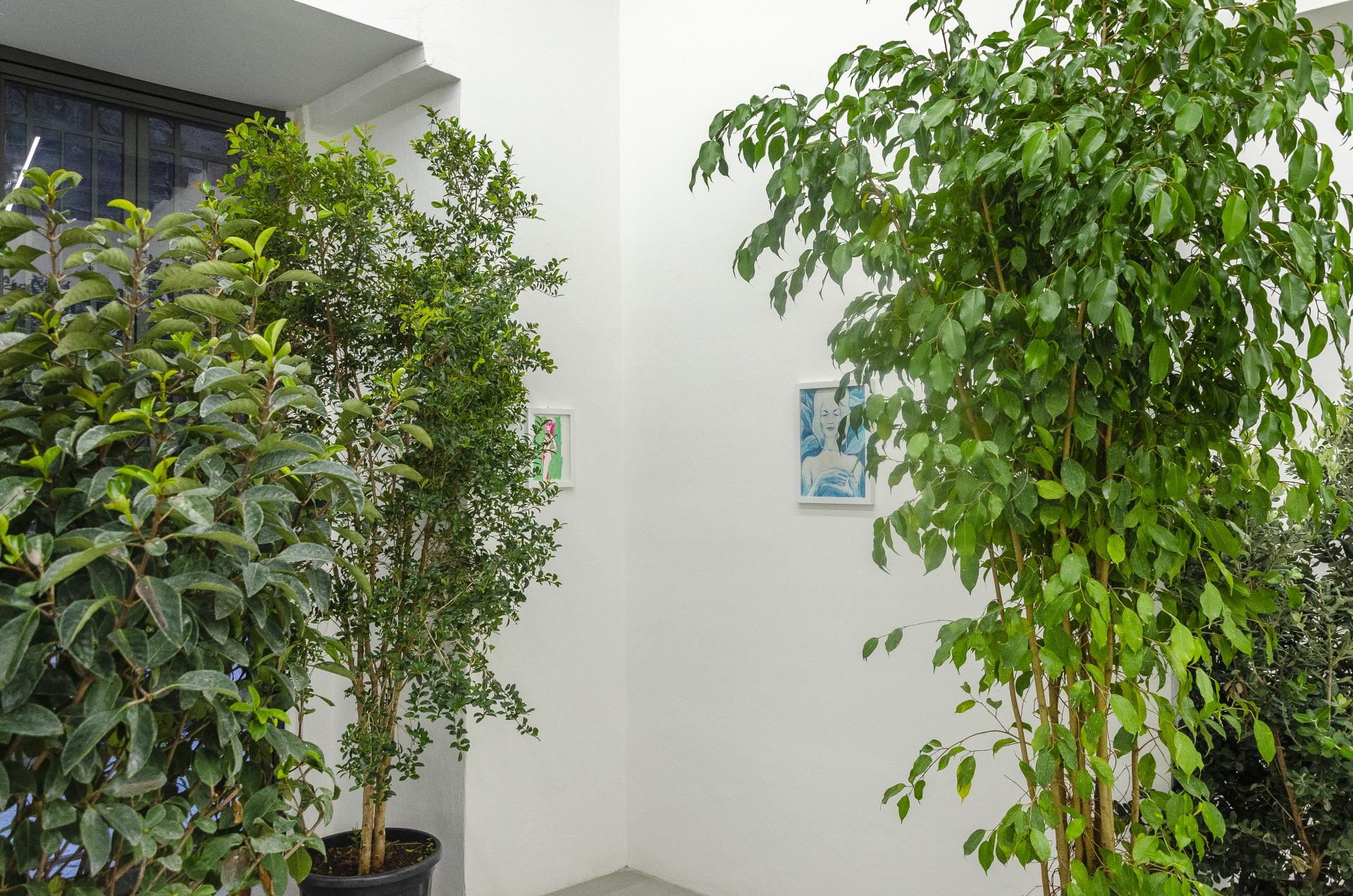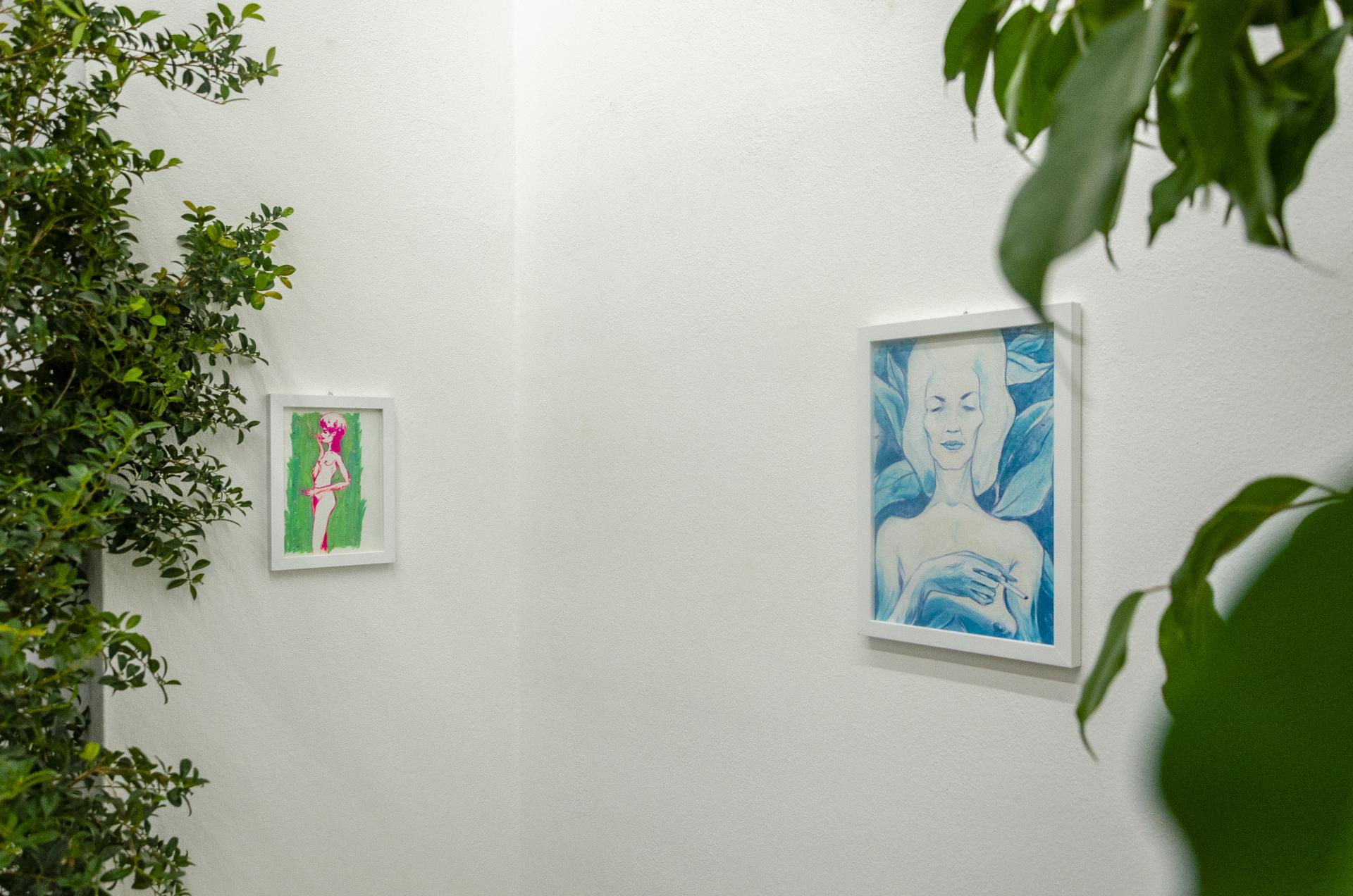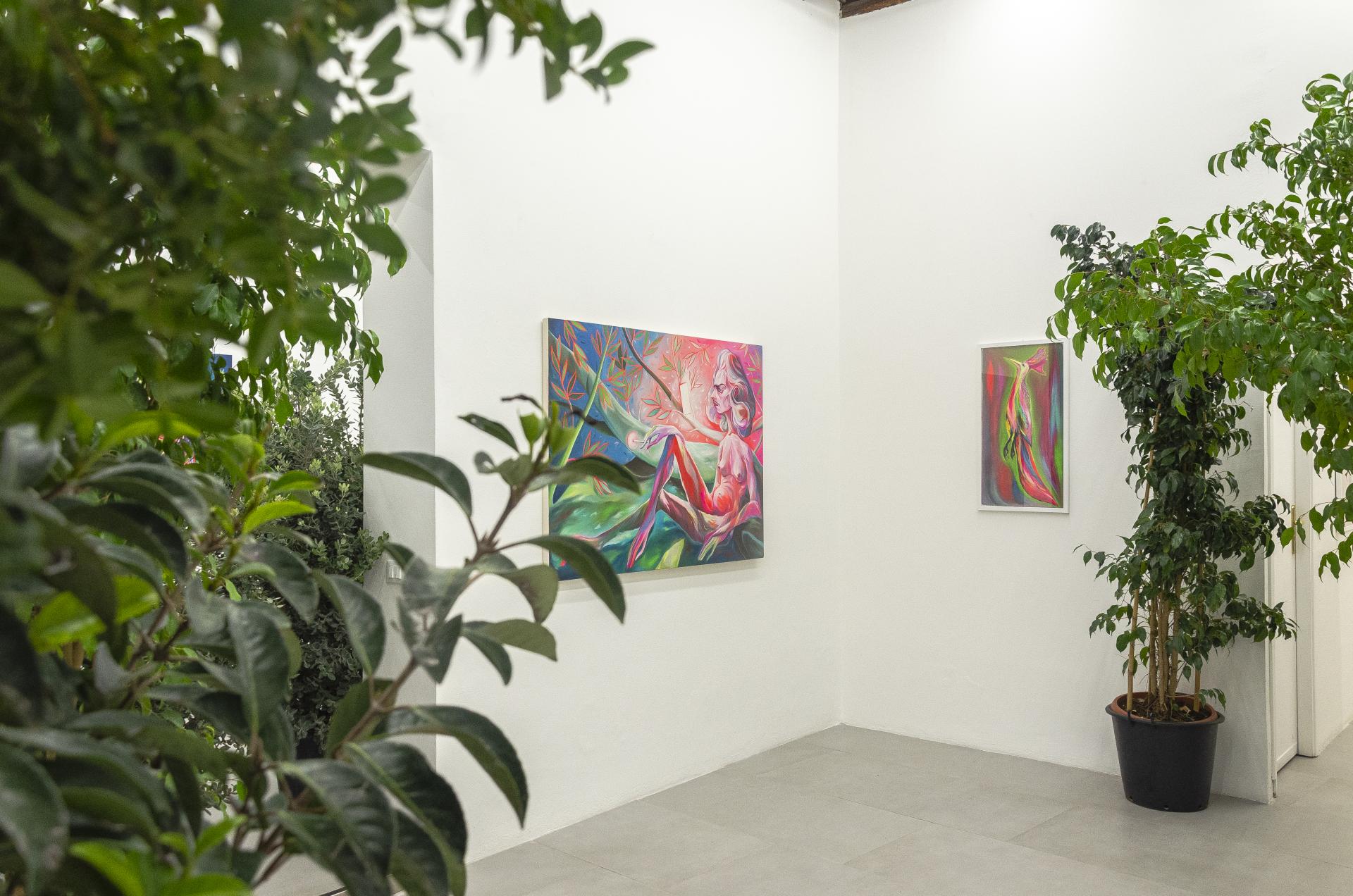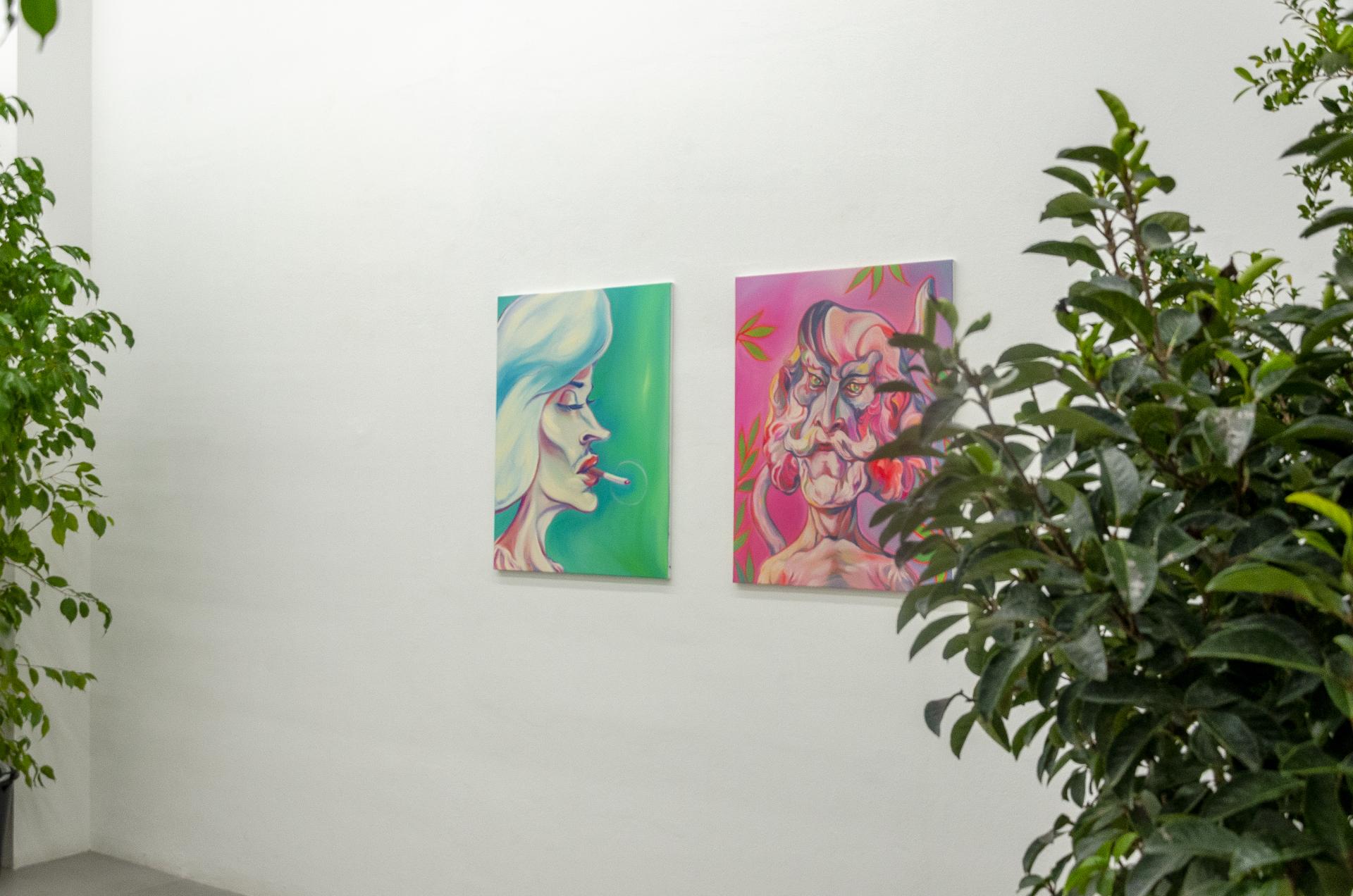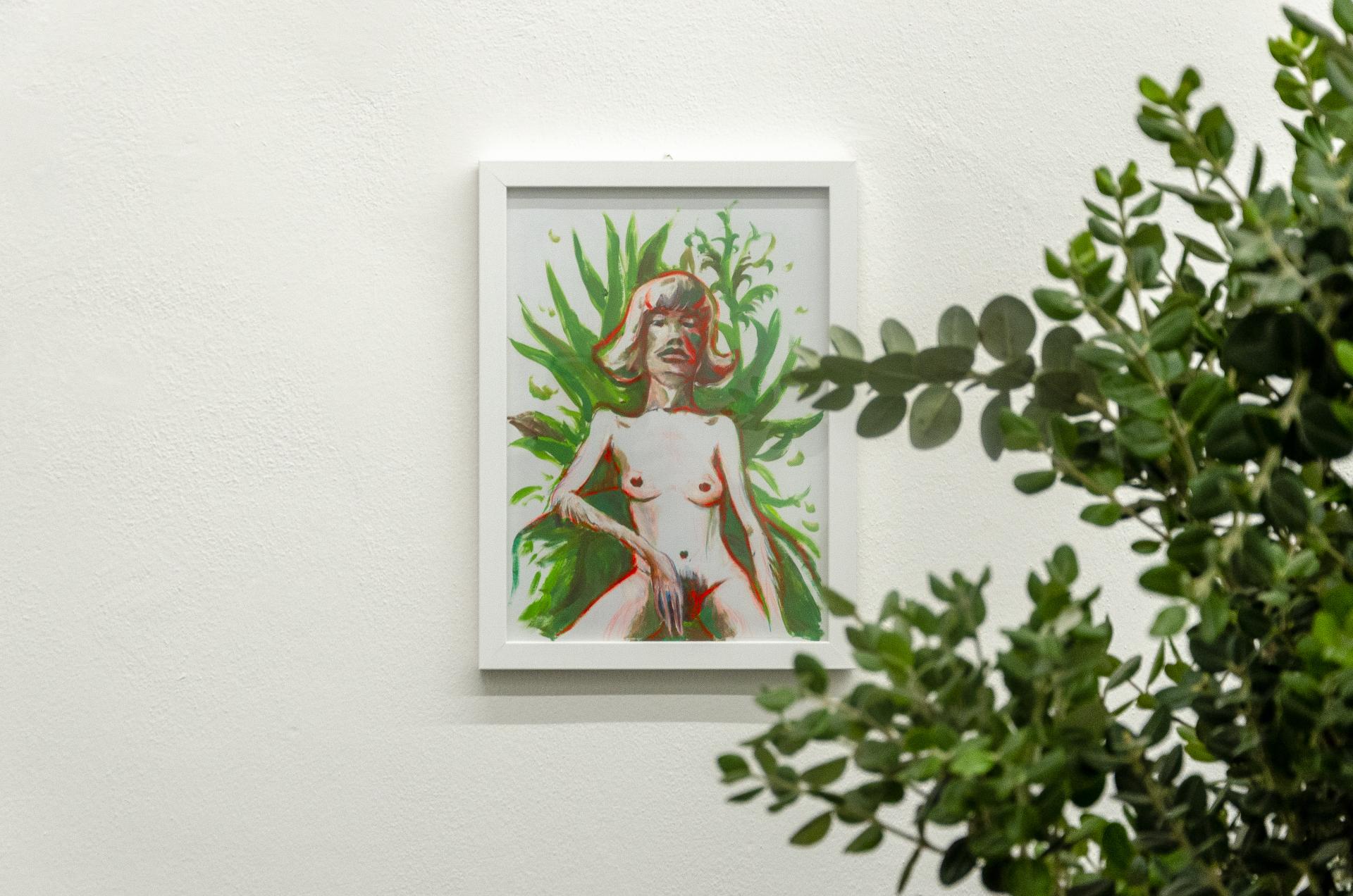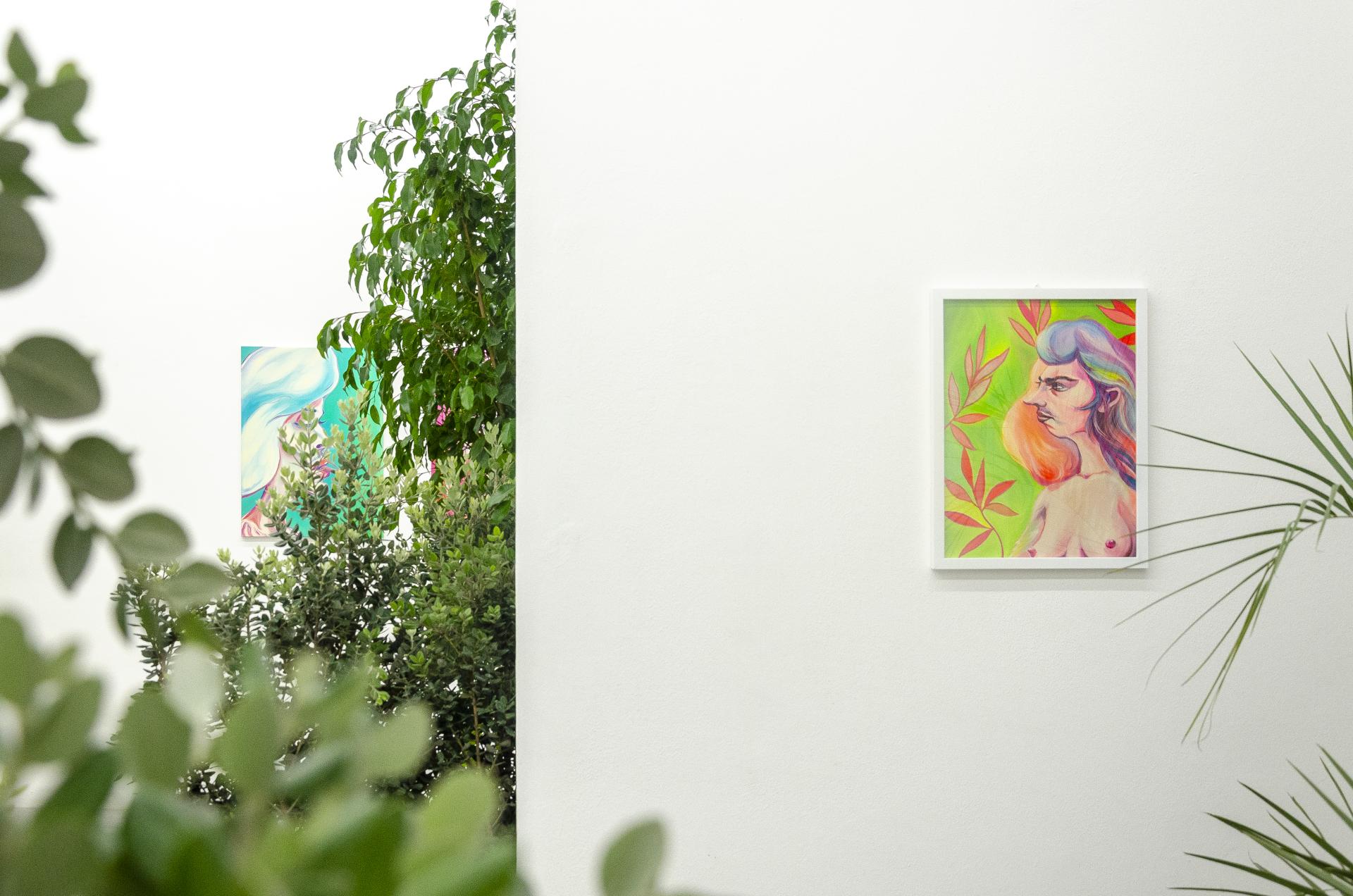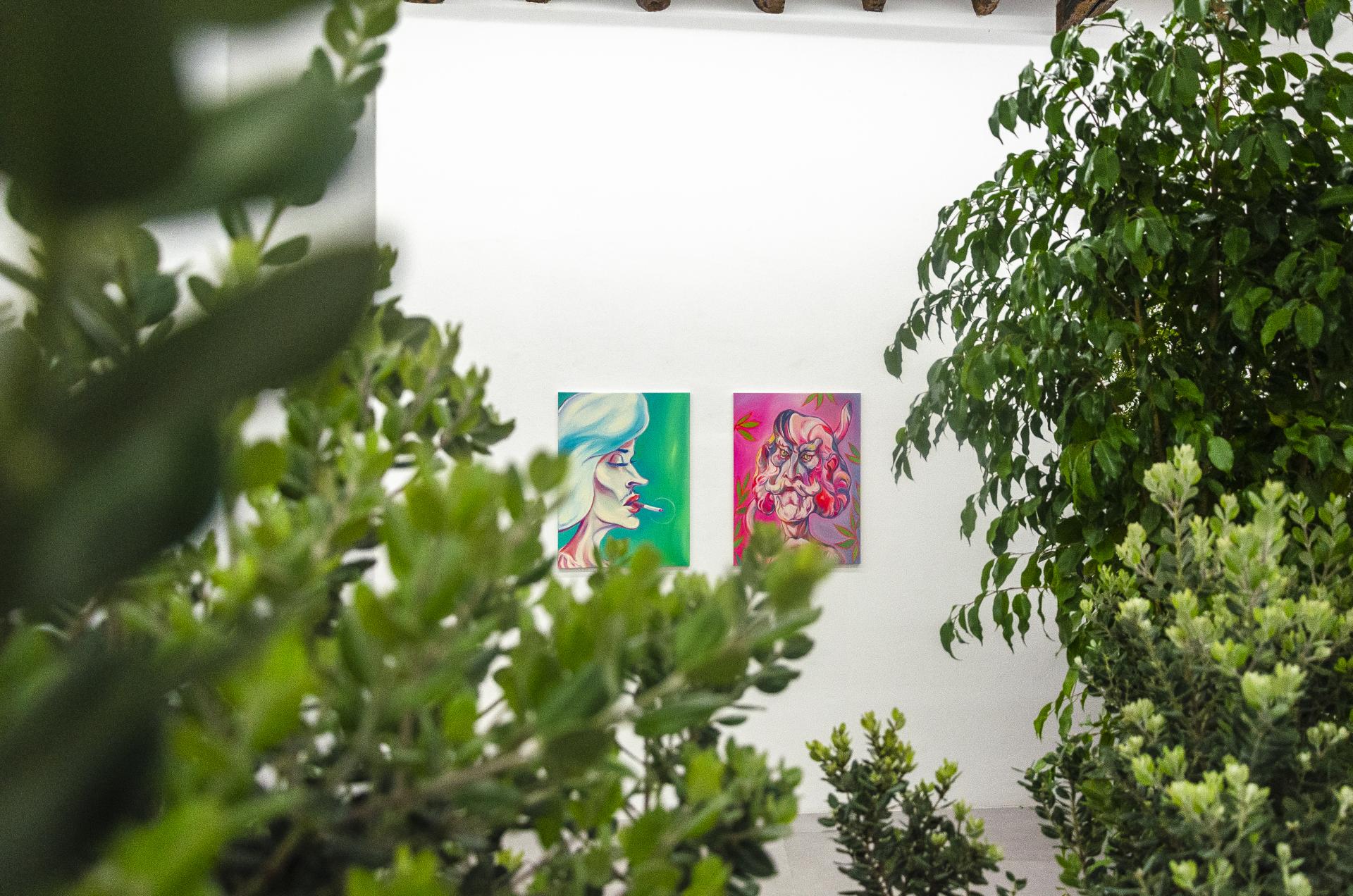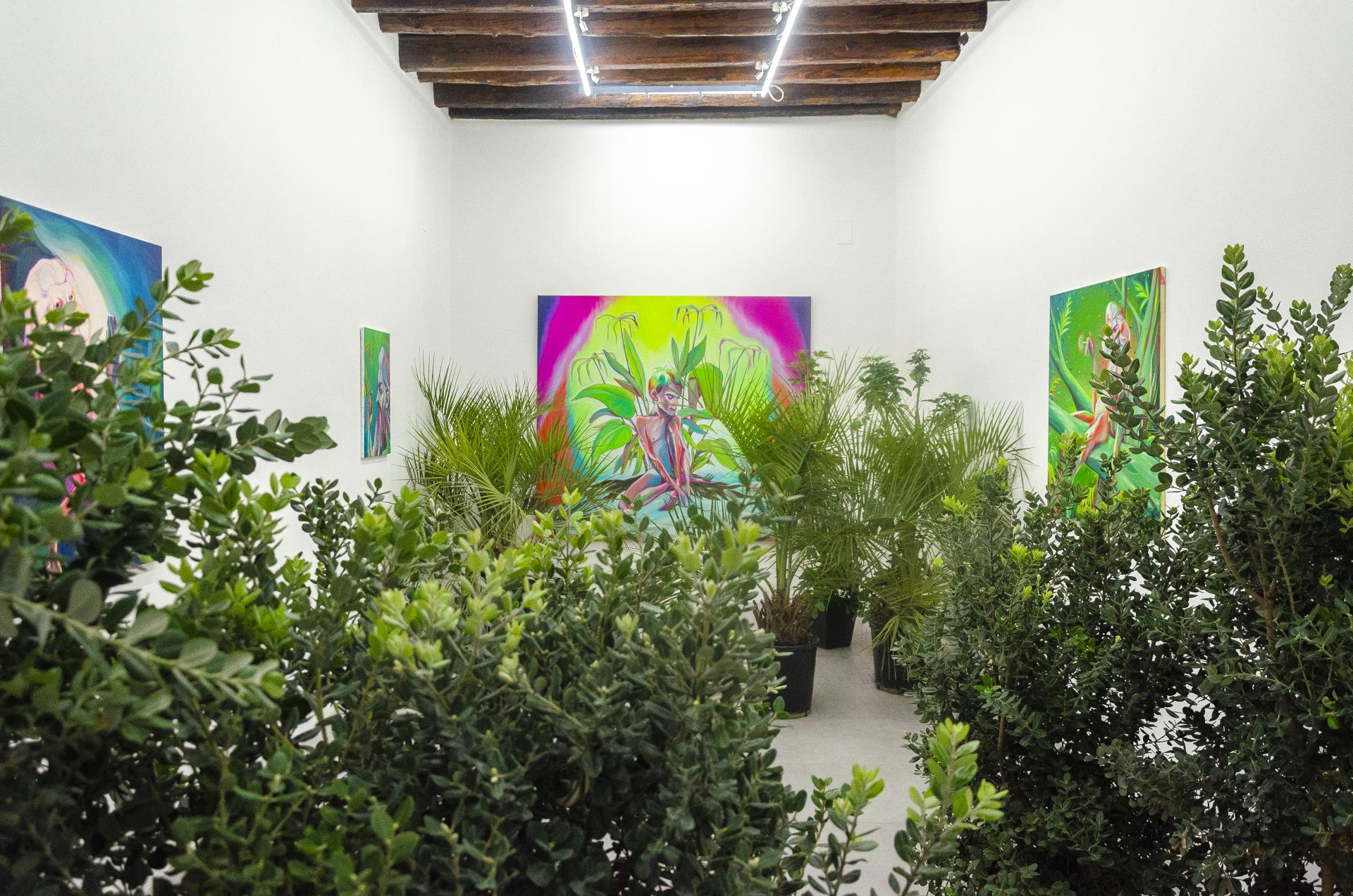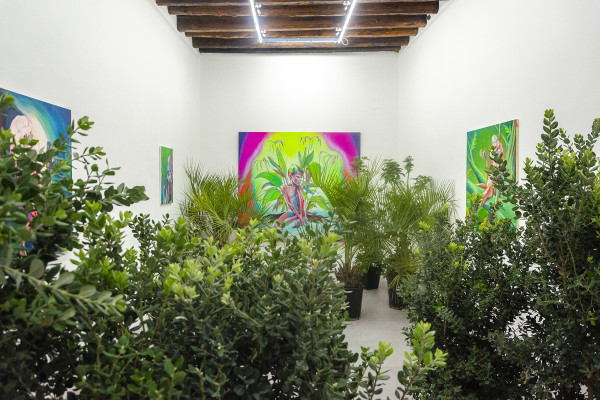Luigi Presicce
Homo Sapiens Sapiens Sapiens
“Can there be happy or carefree painting?
Maybe not, but if its author rejoices in making it, there is certainly something heavenly".
Luigi Presicce
"Homo sapiens sapiens sapiens”, a solo show of Luigi Presicce.
Trained in the scope of painting, Luigi Presicce (Porto Cesareo, Lecce, 1976; lives and works in Florence) for years has synthesized the results of his studies with the language of performance, staging tableaux vivant with a metaphysical and surreal character, with echoes from popular iconography, from collective and personal memories, rich in allegories and symbolic allusions to esotericism, religion, traditions and ancient beliefs of his homeland.
The rituals, the stratifications, the references to the history of art, characters and events of recent history have marked all of Presicce's research, in which the intense symbolic force of the images and the constructive structure have always declared its matrix pictorial.
In the last three years he has returned to painting, has resumed painting, and in "Homo sapiens sapiens sapiens" he presents in particular the work of the last year: "Painting has always been an inexhaustible resource of discovery for me and perhaps one of the very few ways I have had to get closer to the human being".
Starting from his personal conflict with today's ungainly civilization, back from difficult months which should have improved us, Luigi Presicce has embarked on a new and personal pictorial evolution, after various reflections on society, on human behavior, coming to ask himself if we are talking about evolution of an elected species or a subspecies of involution, or evolution gone bad.
Painting is for Presicce the means by which to dissect the world, investigate it and bring it back to readability, and from his instinct, a little shamanic, a little anthropological, figures have begun to emerge.
Portraits in saturated tones and sometimes caricatured, Saints and infants, smoking animals, dogs, parrots, monkeys. And then these beings who look like apes, but in reality they are not, or they are only partially. Ambiguous presences, covered with a light hair, with both male and female attributes, but this does not compromise the attitude or expression. It is certainly a new species: Homo sapiens sapiens sapiens; but are they evolved monkeys that narcissistically impose themselves on our gaze or are they convoluted human beings sucked into a screen?
To visitors the arduous sentence and to posterity the task of preserving these moments of history, art and humanity.
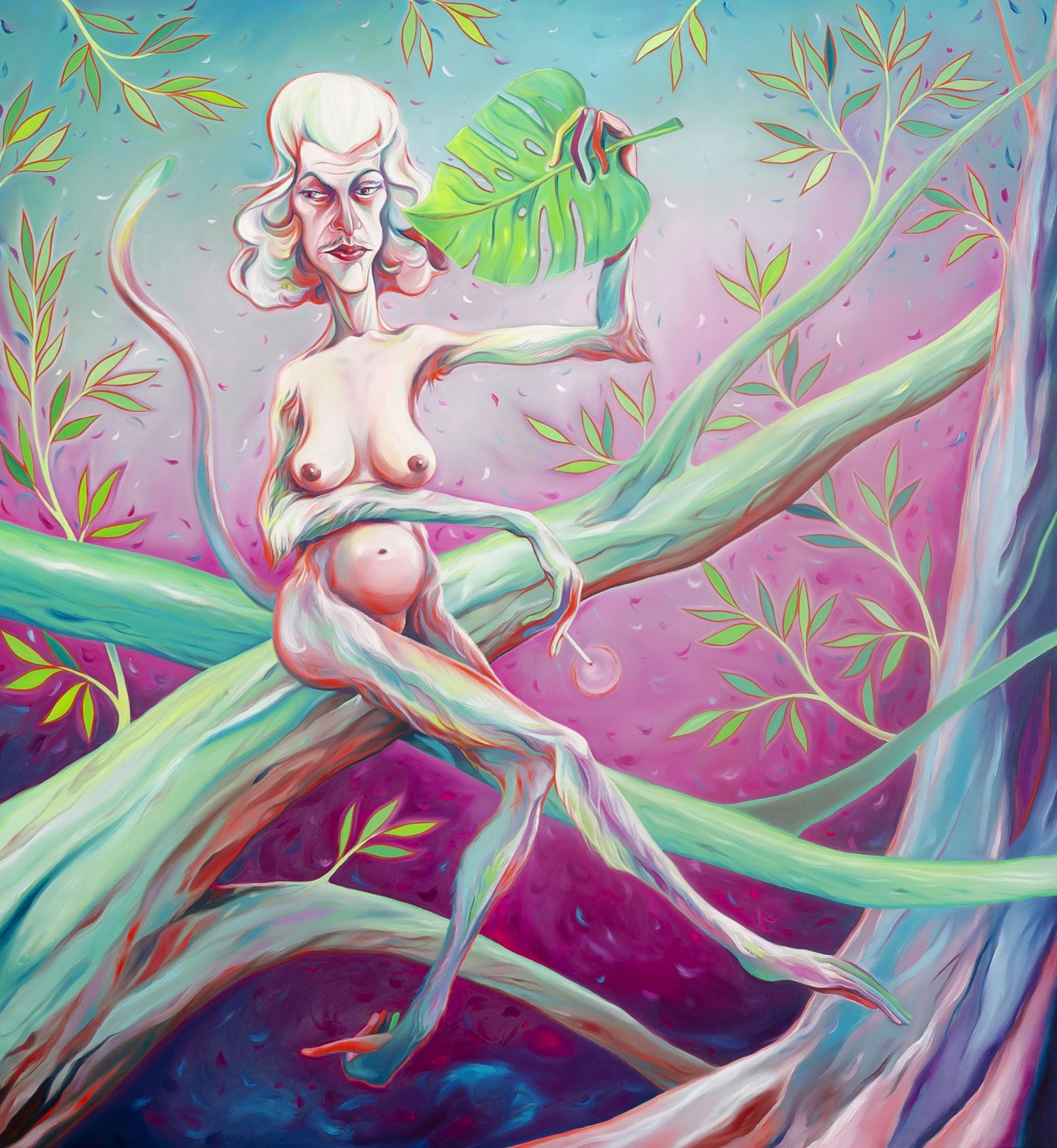
200 x 180 cm
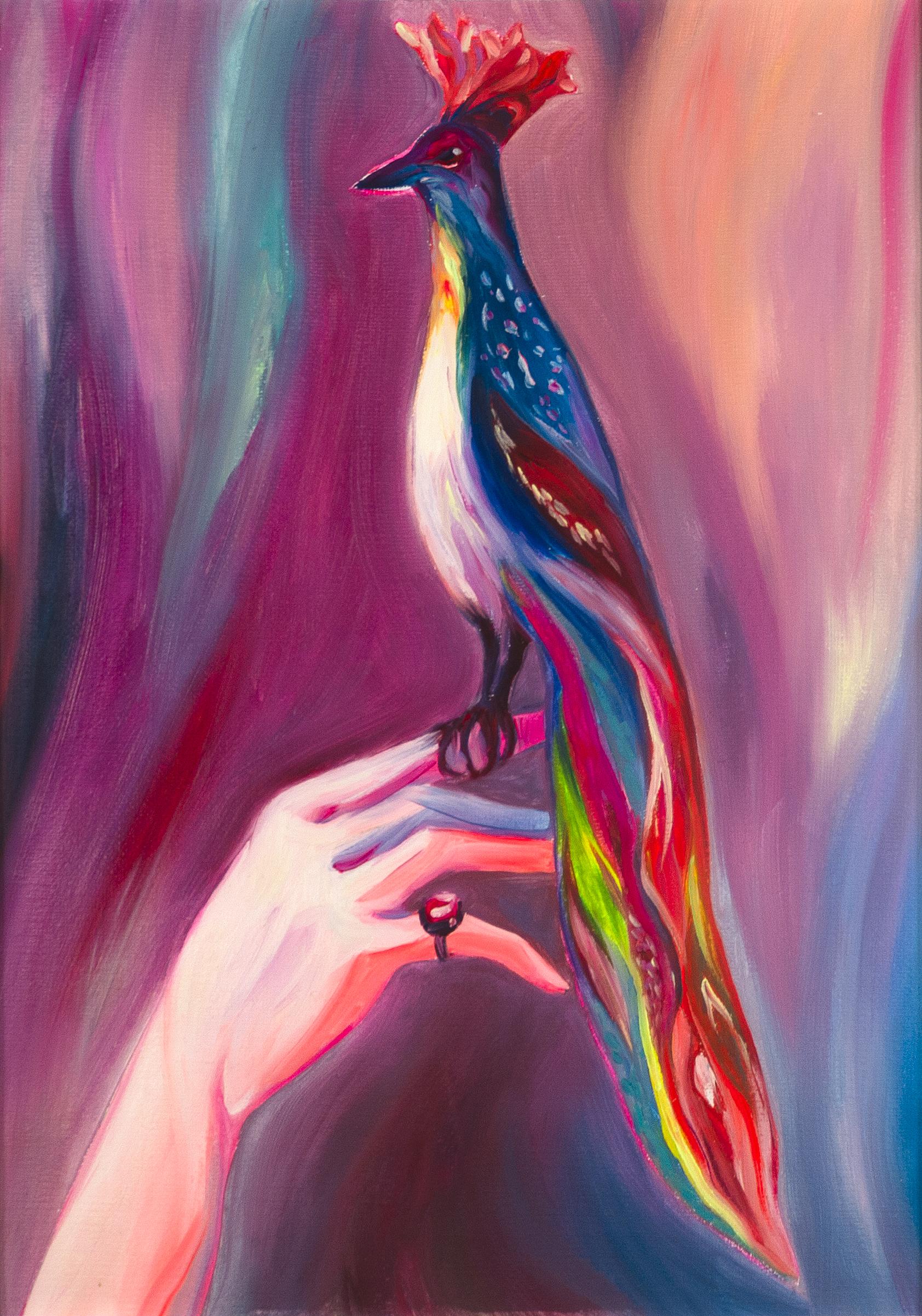
60 x 43 cm
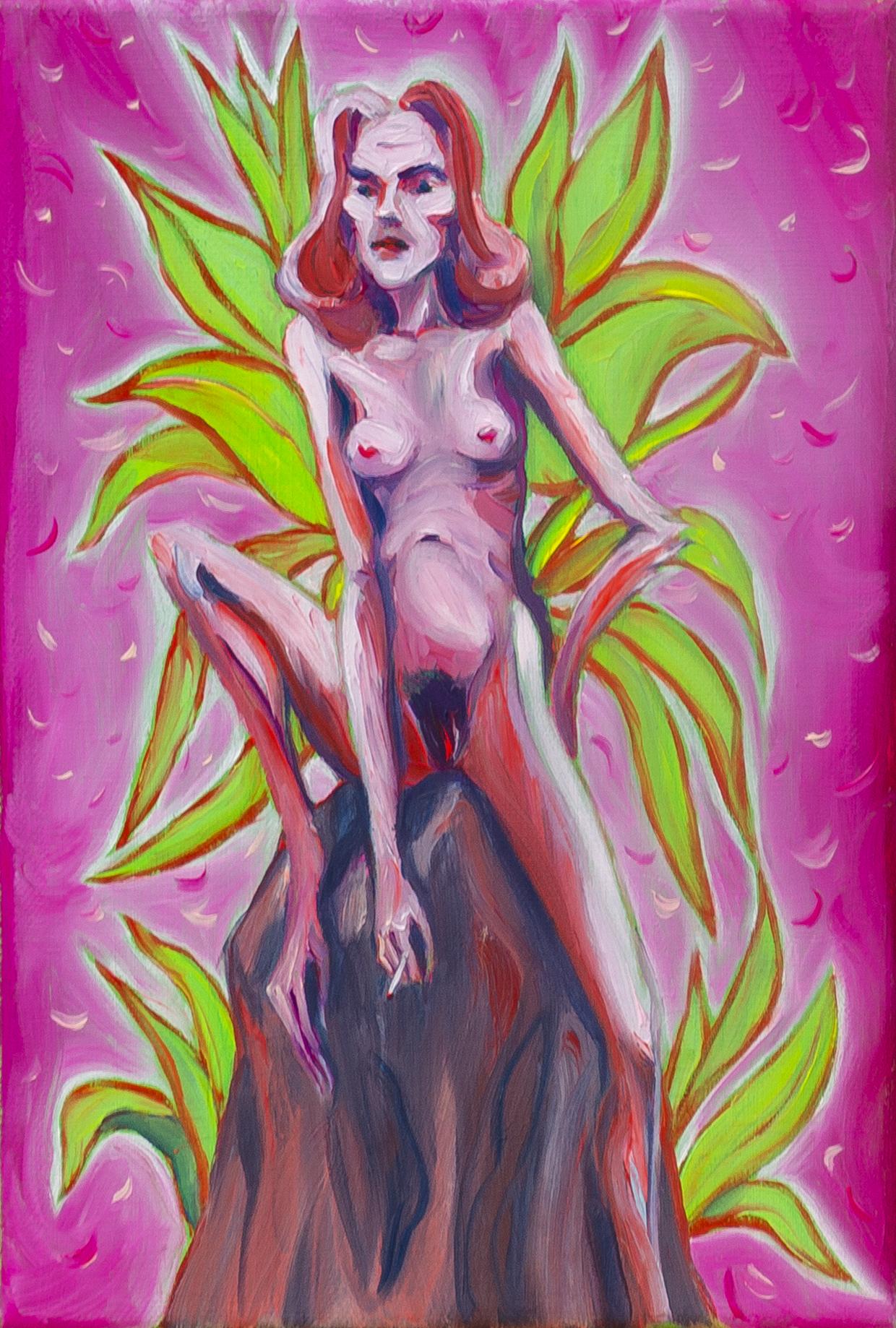
30 x 20 cm
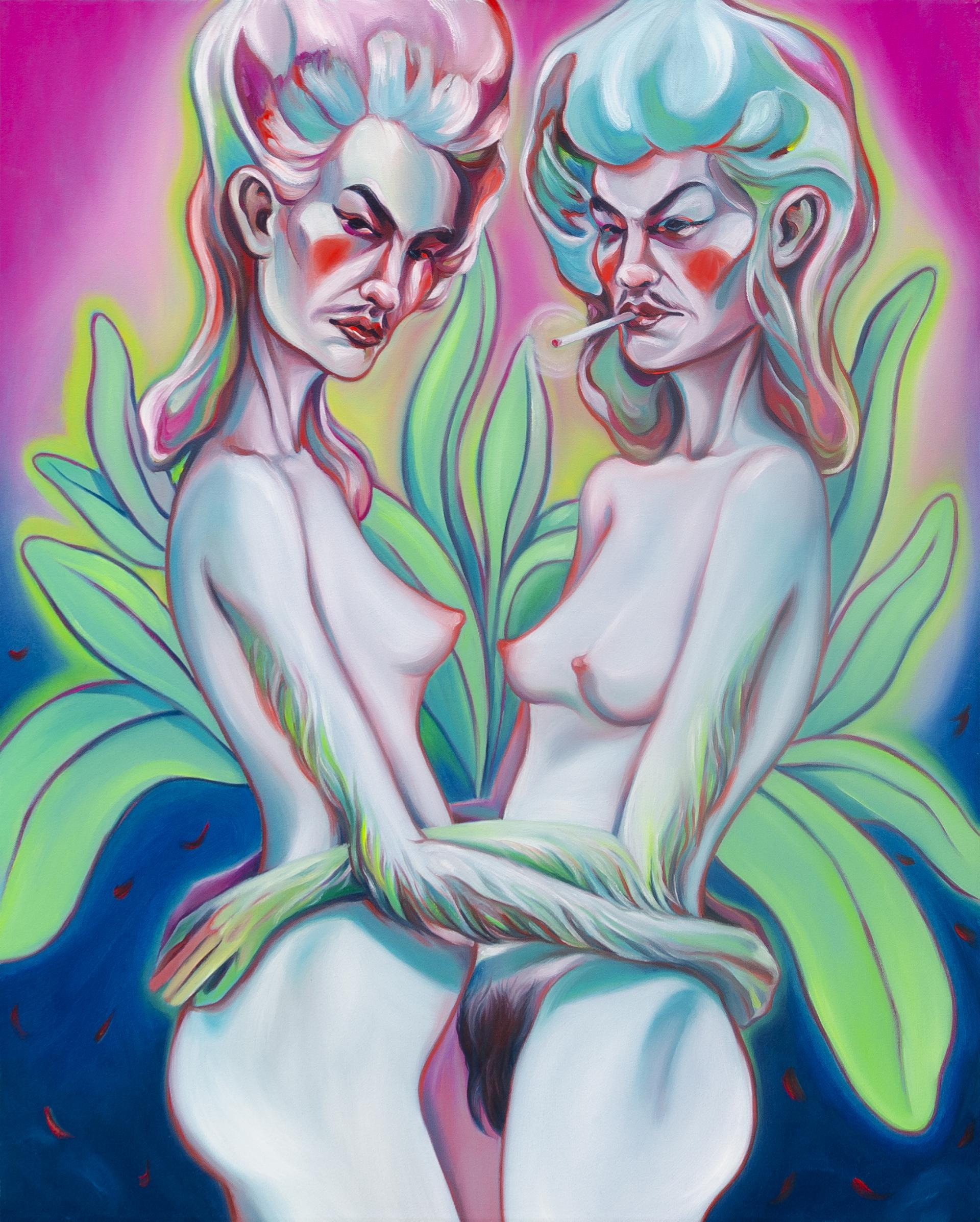
100 x 80 cm
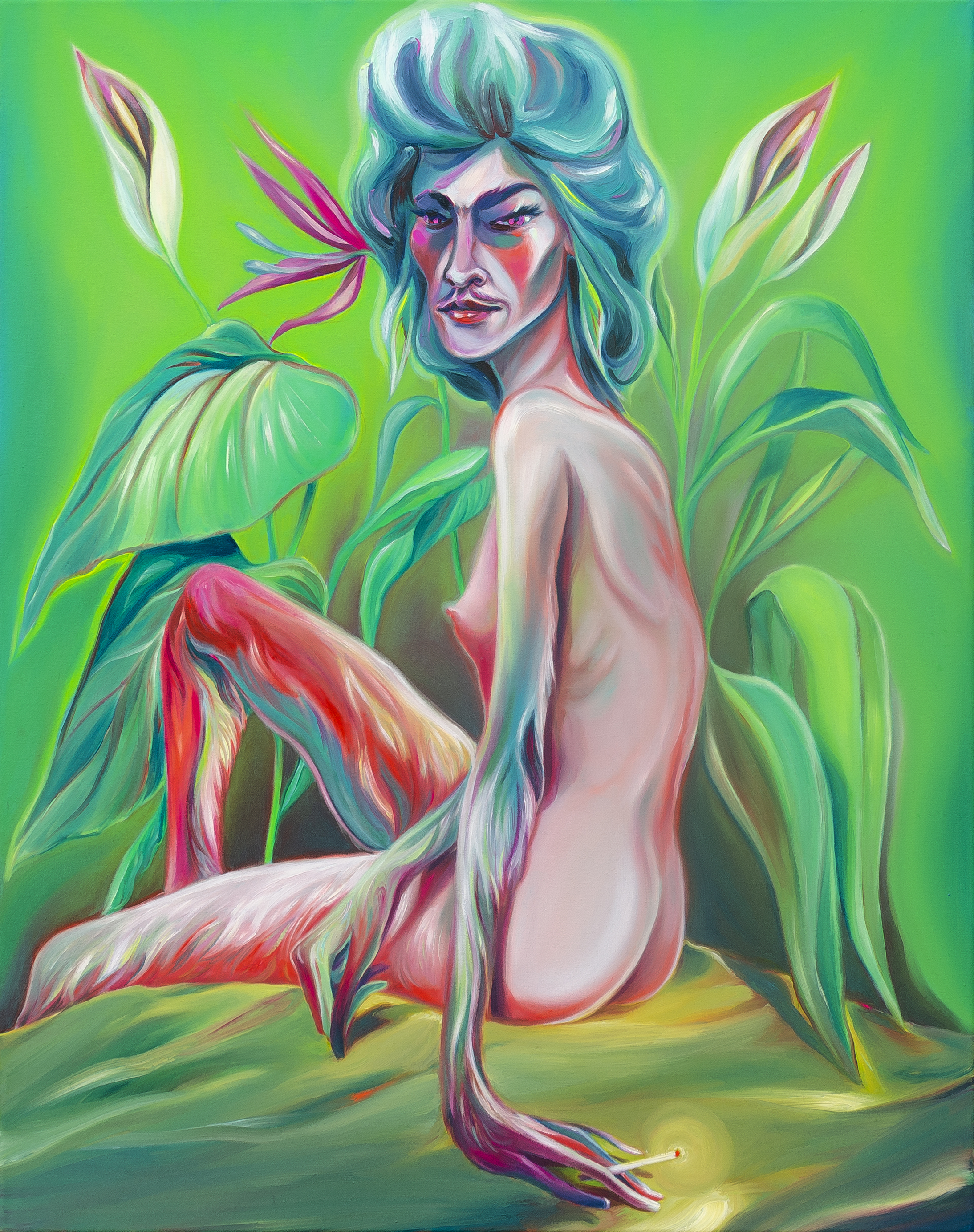
100 x 80 cm

100 x 80 cm
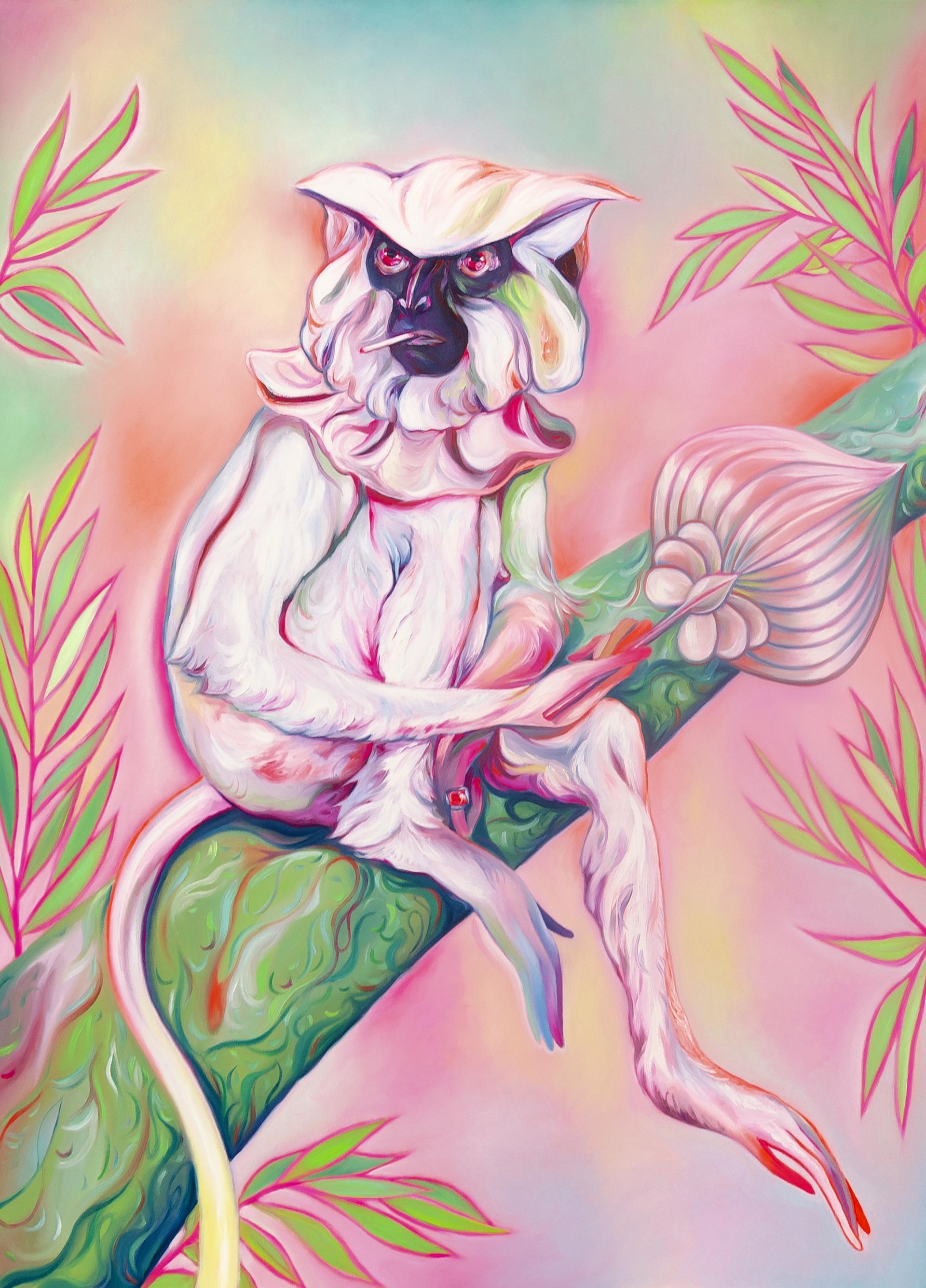
140 x 100 cm
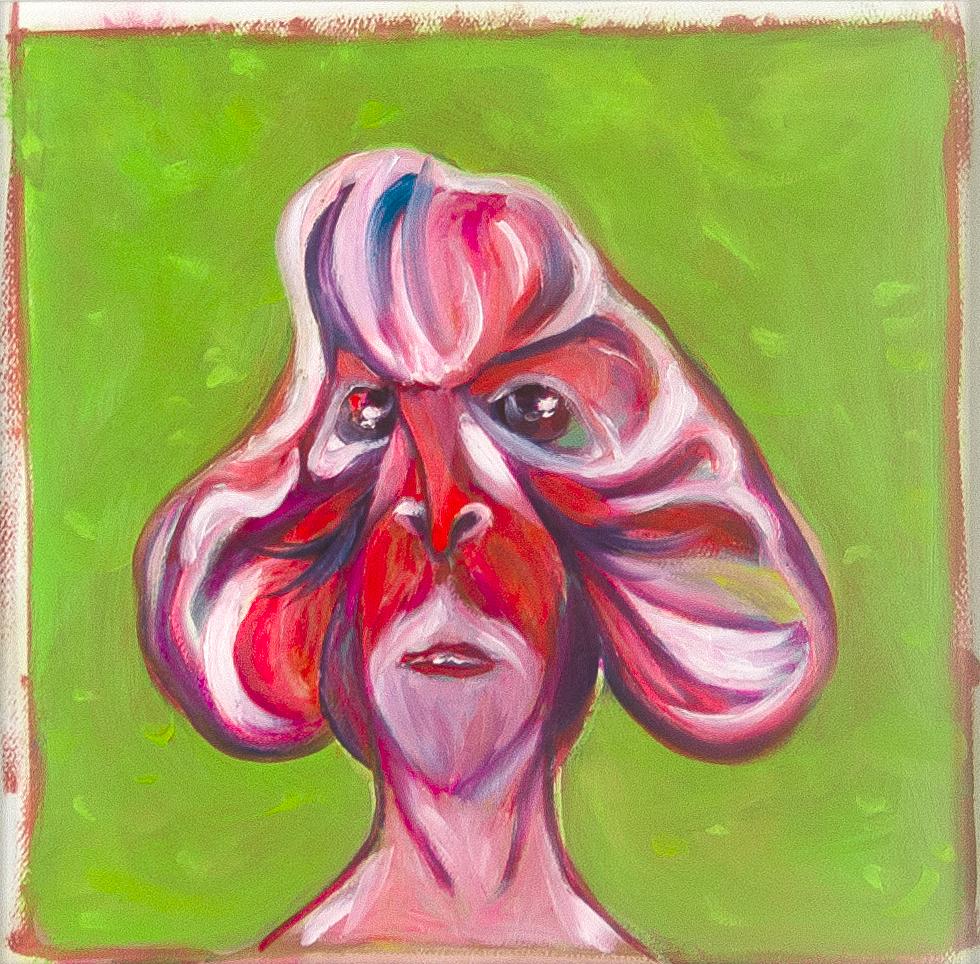
23 x 23 cm
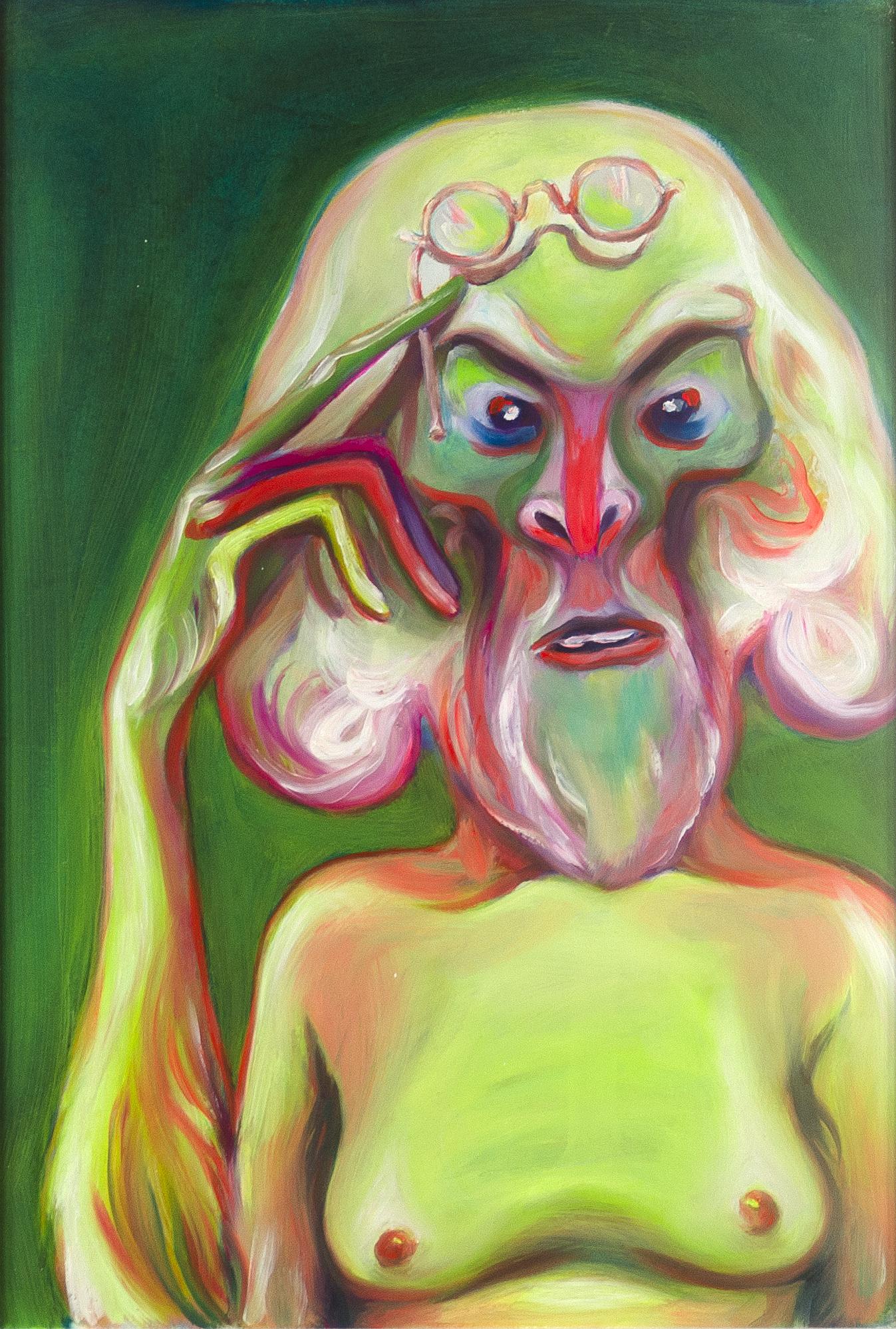
50 x 35 cm
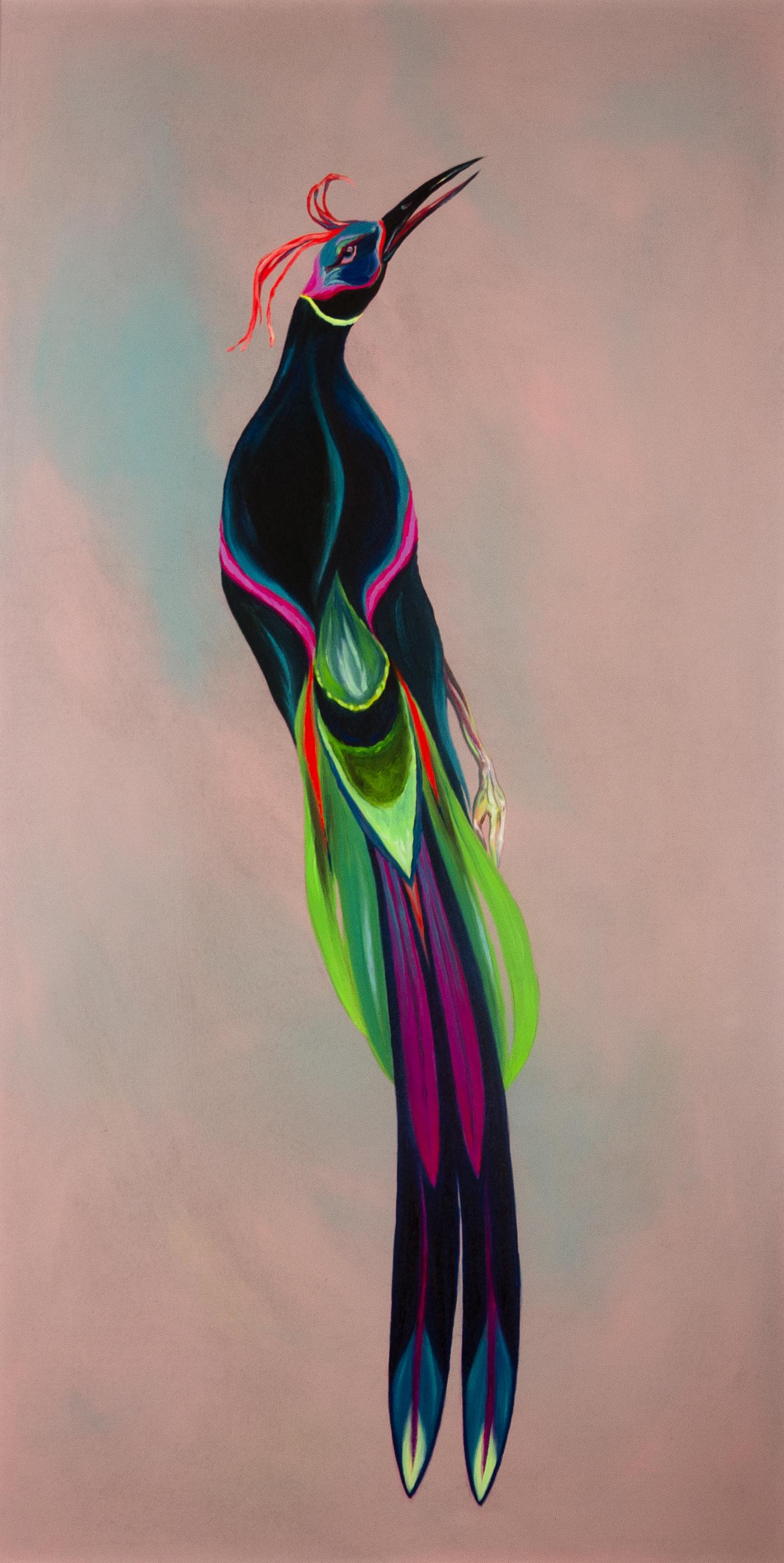
102 x 63 cm
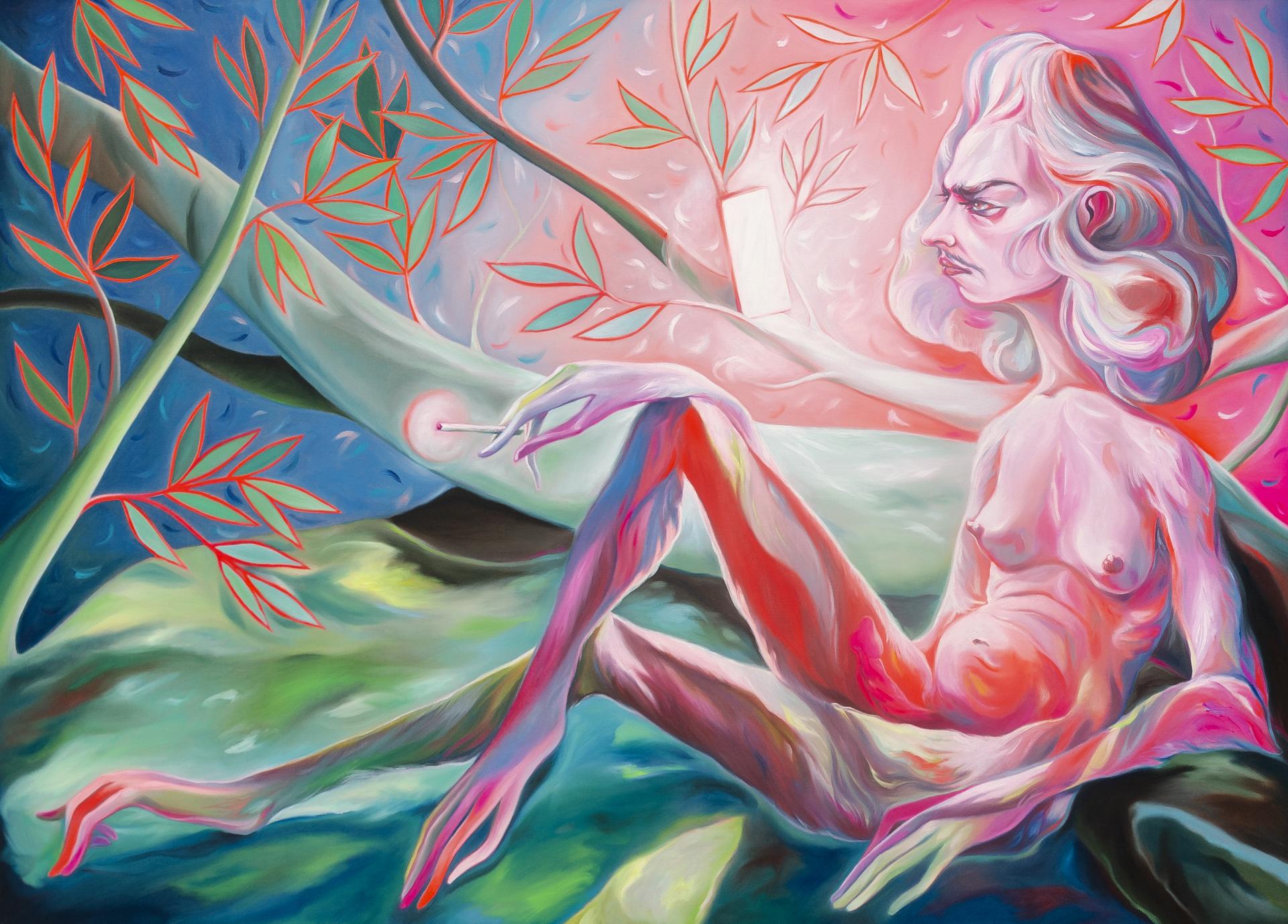
100 x 140 cm
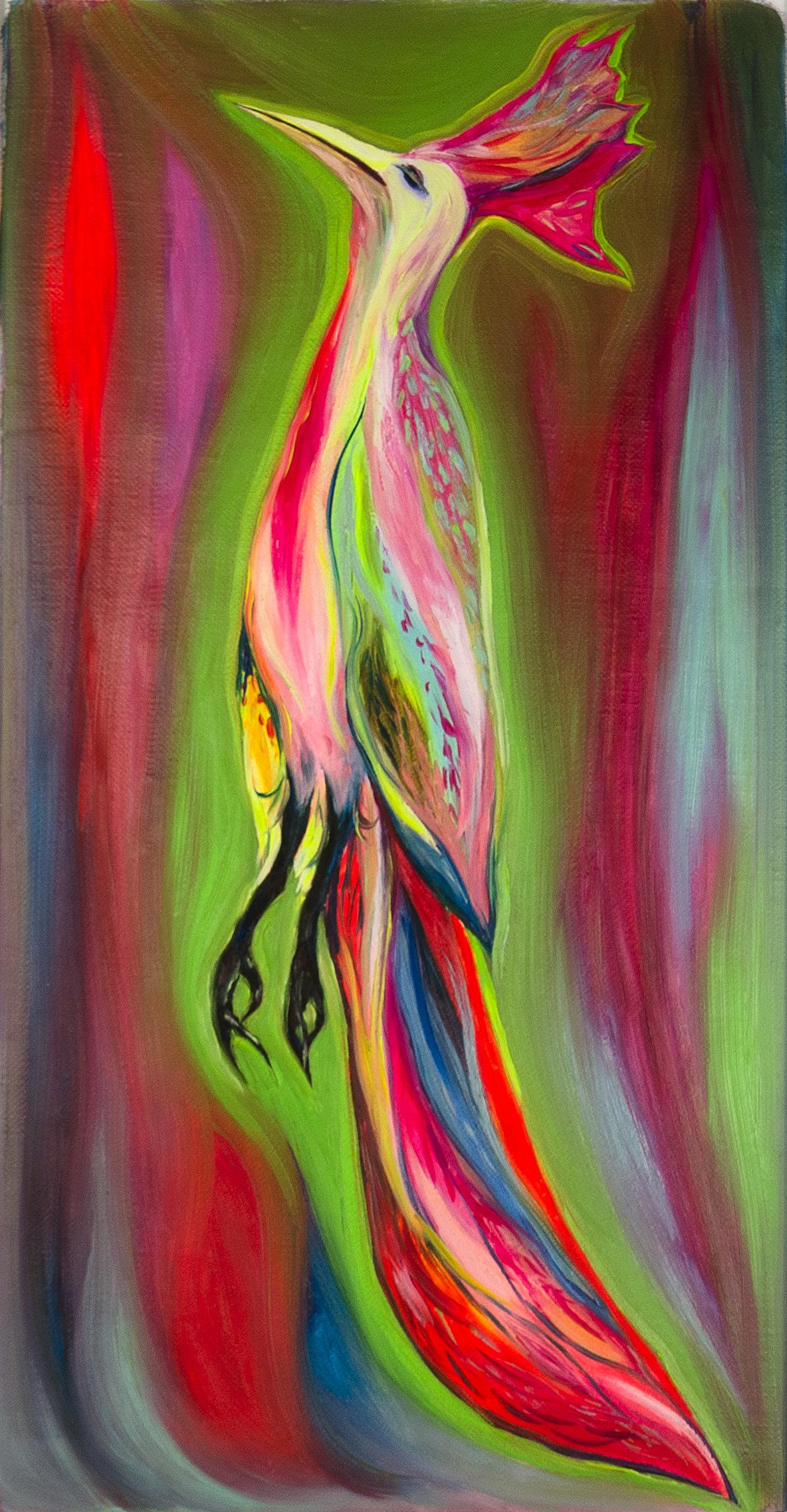
76 x 40 cm
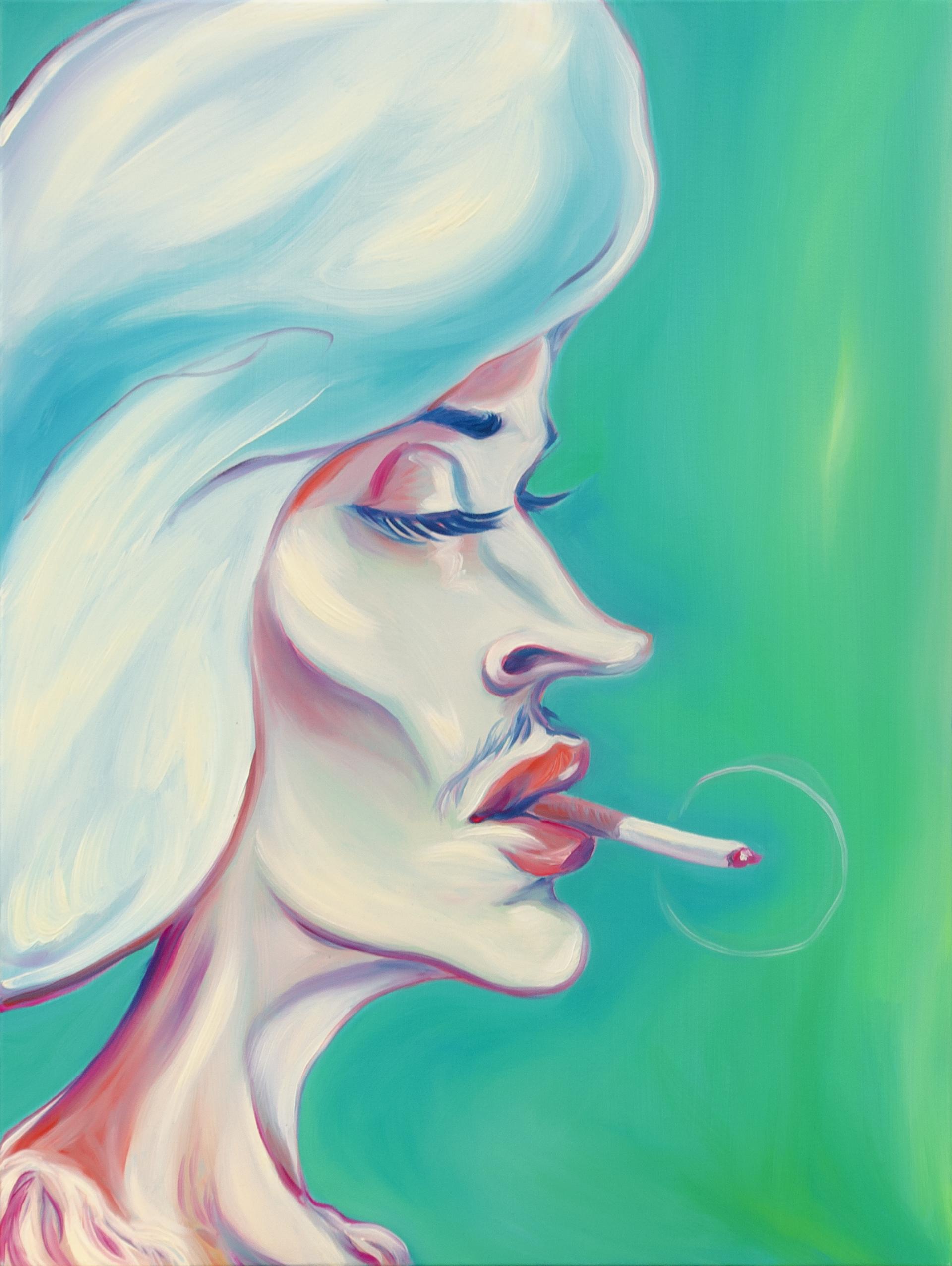
80 x 60 cm
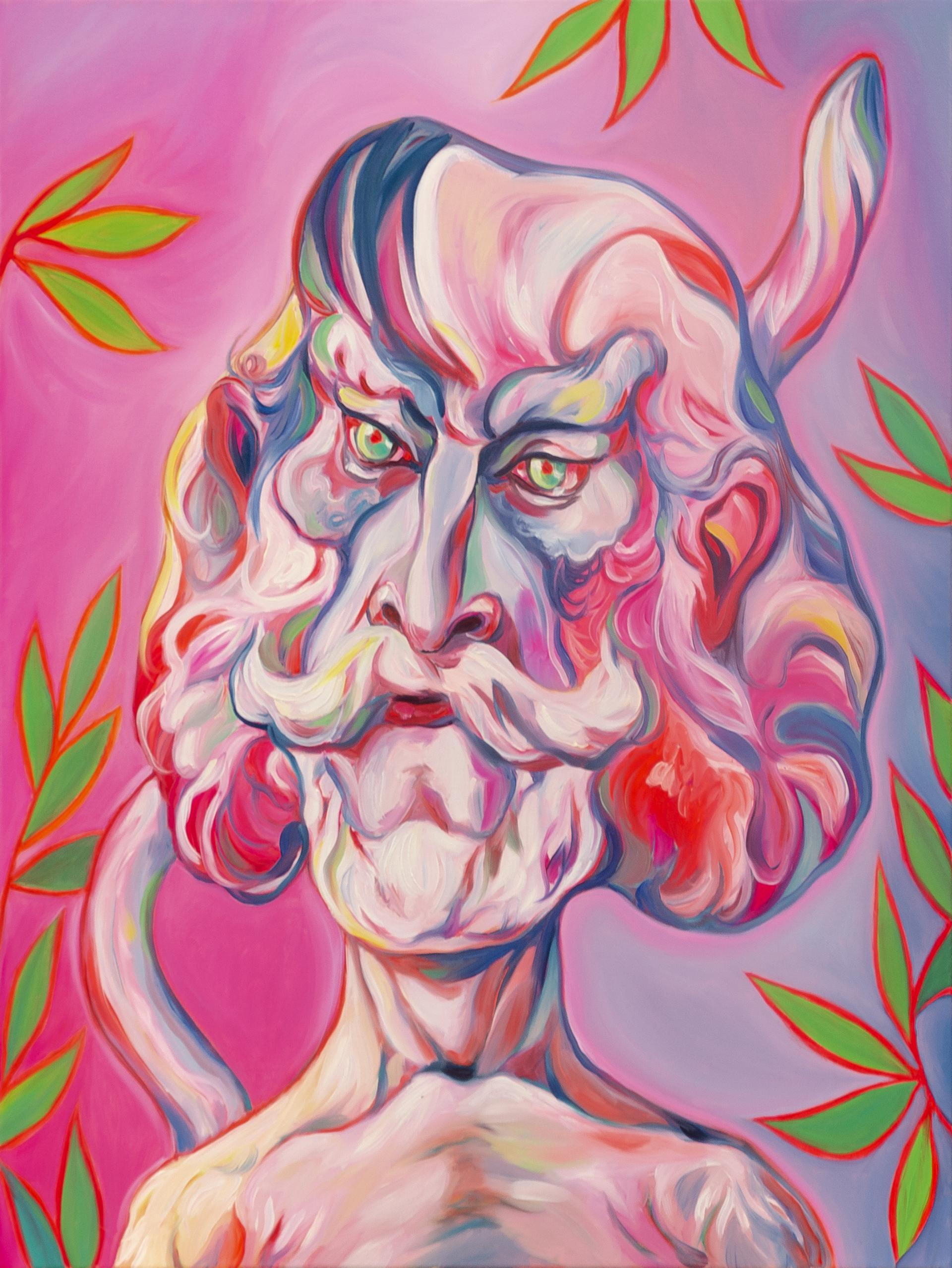
80 x 60 cm
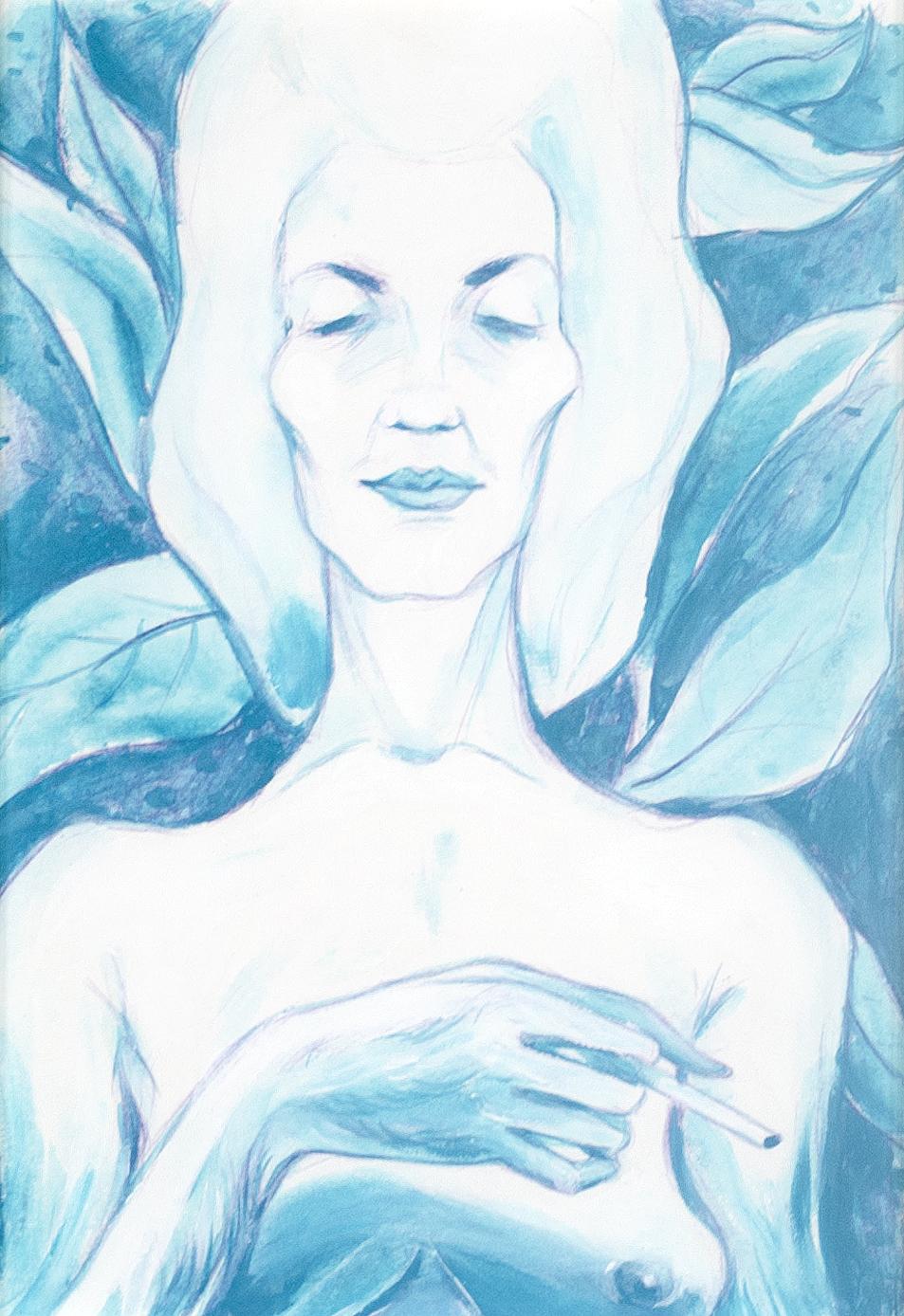
35 x 25 cm
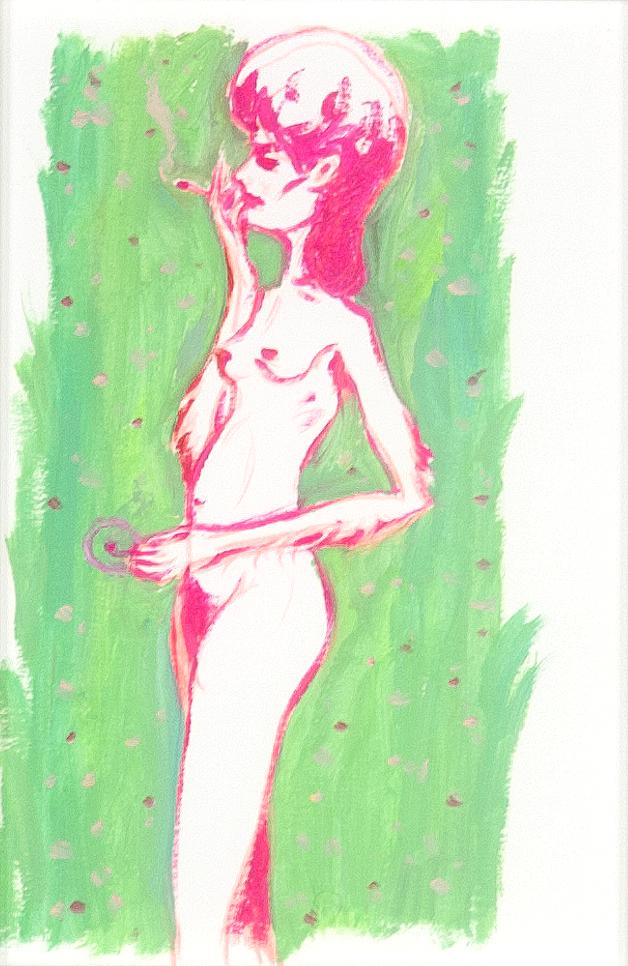
24 x 17 cm
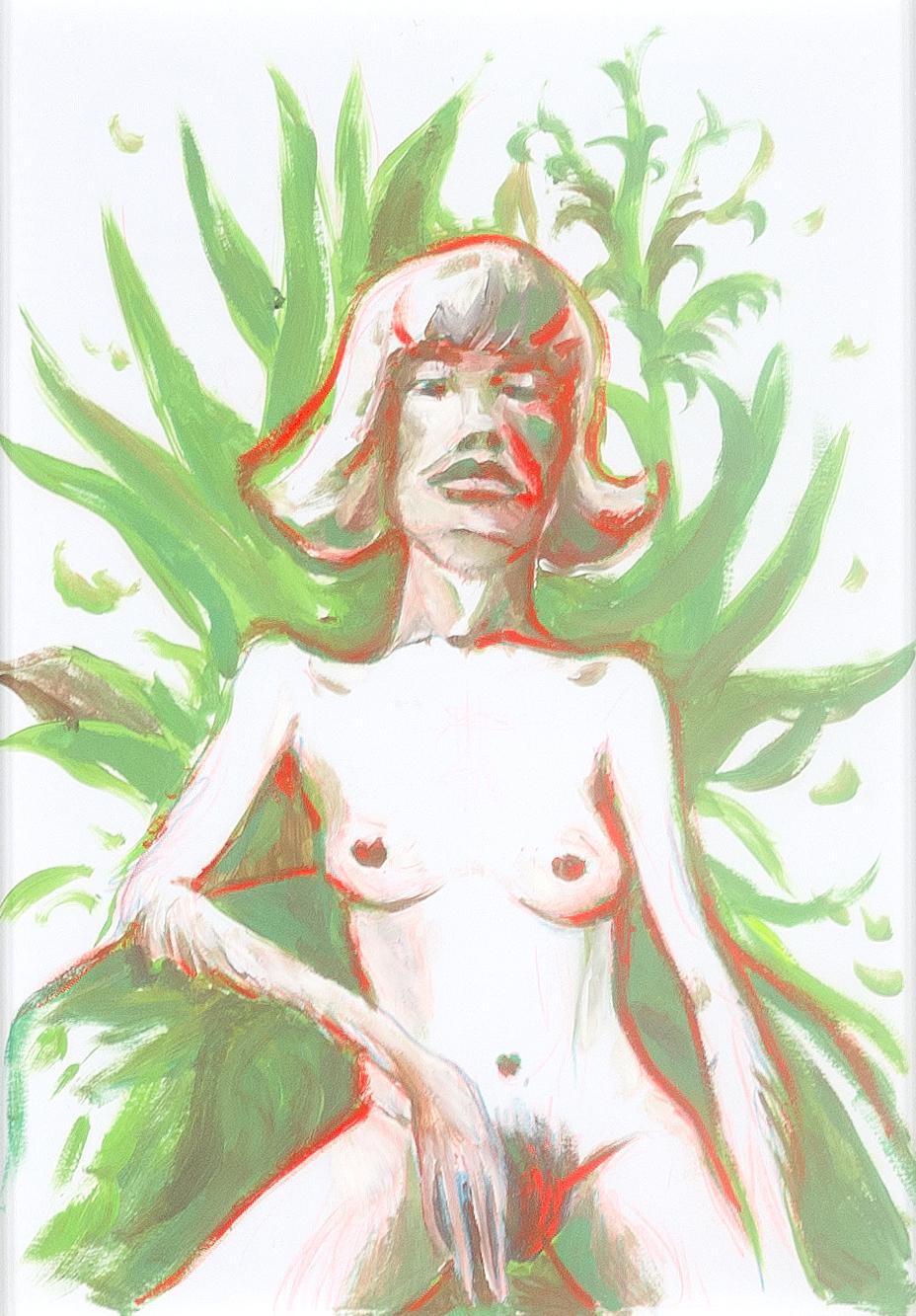
34 x 21 cm
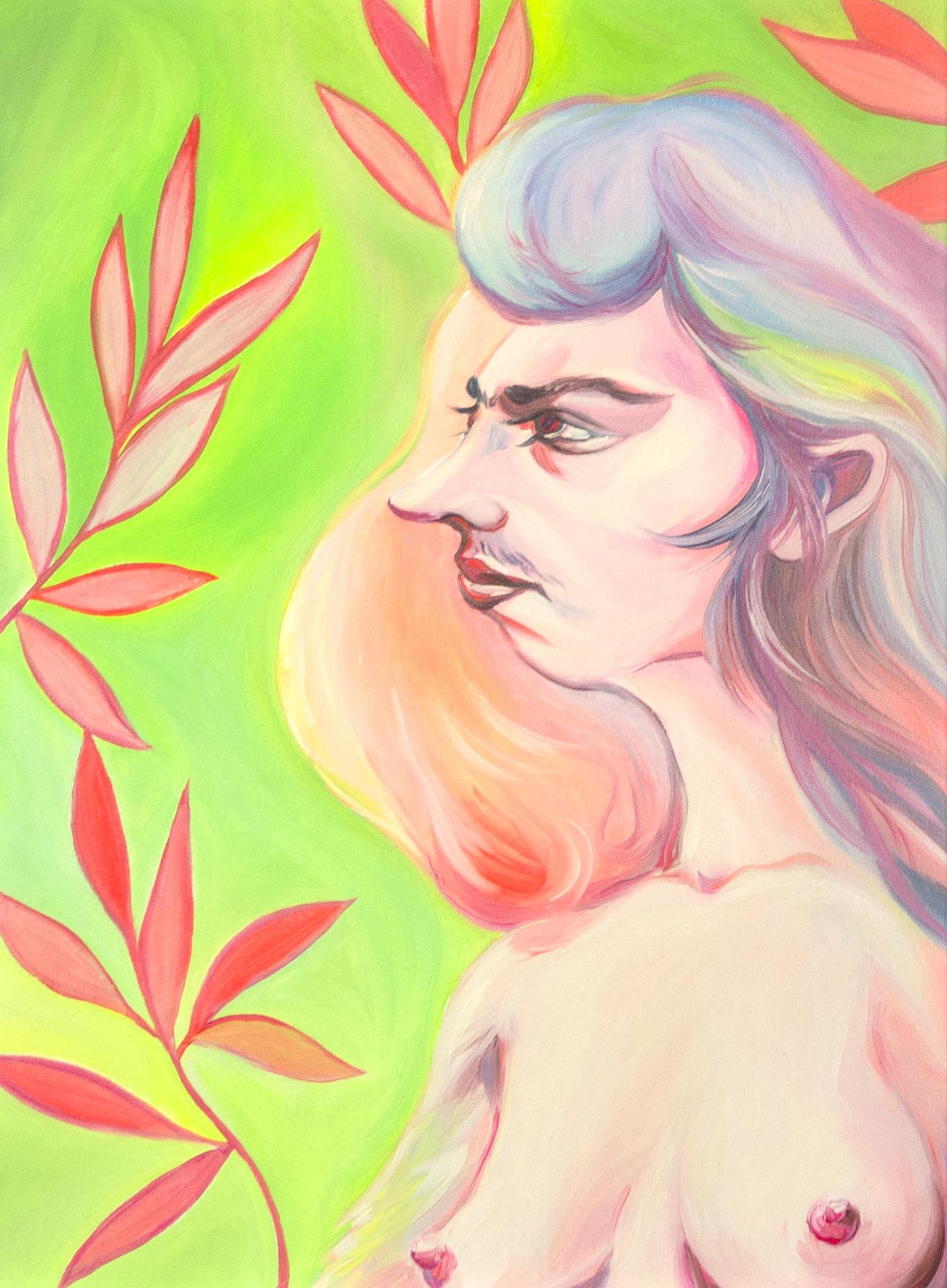
34,5 x 46,5 cm
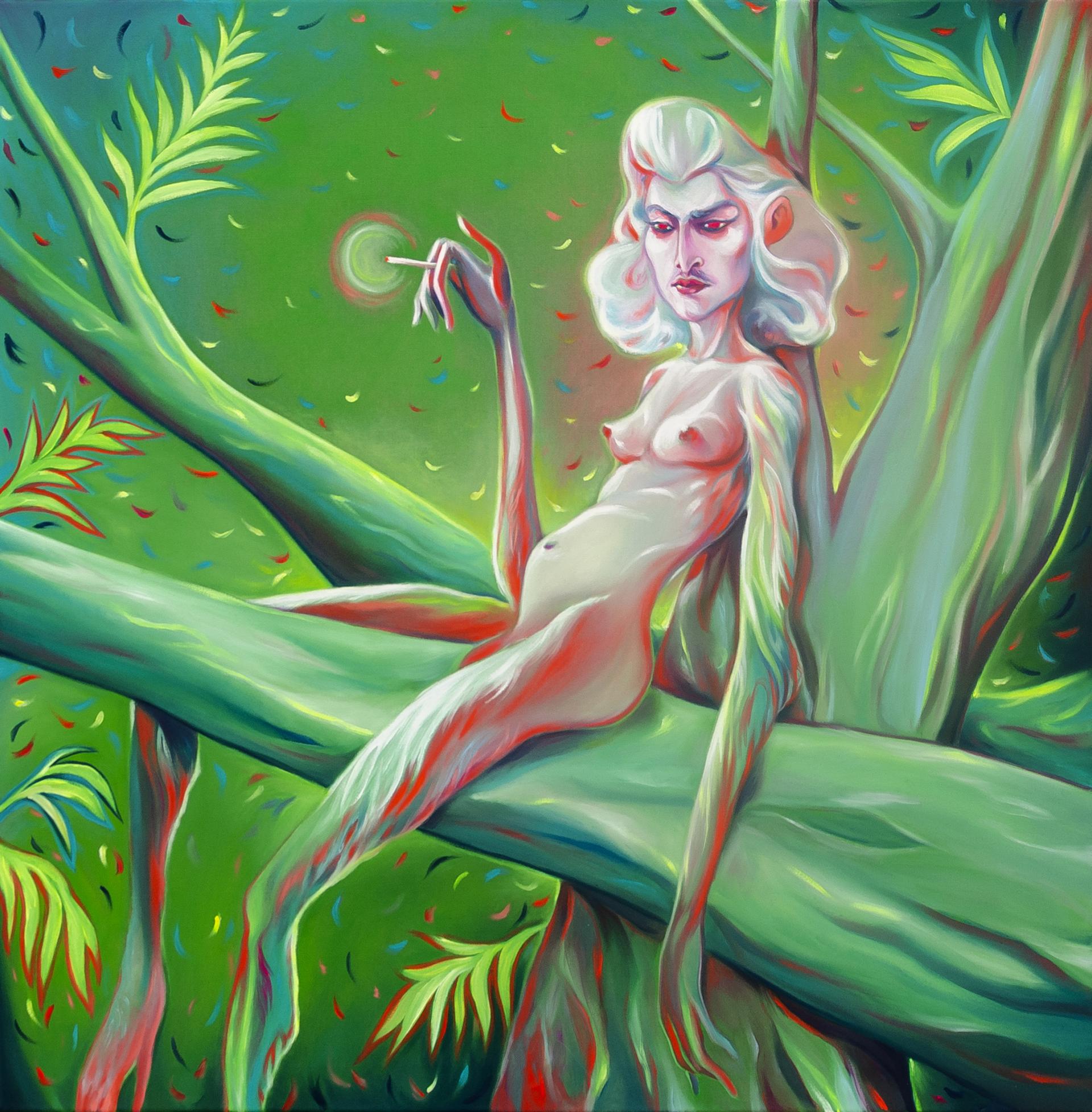
100 x 100 cm
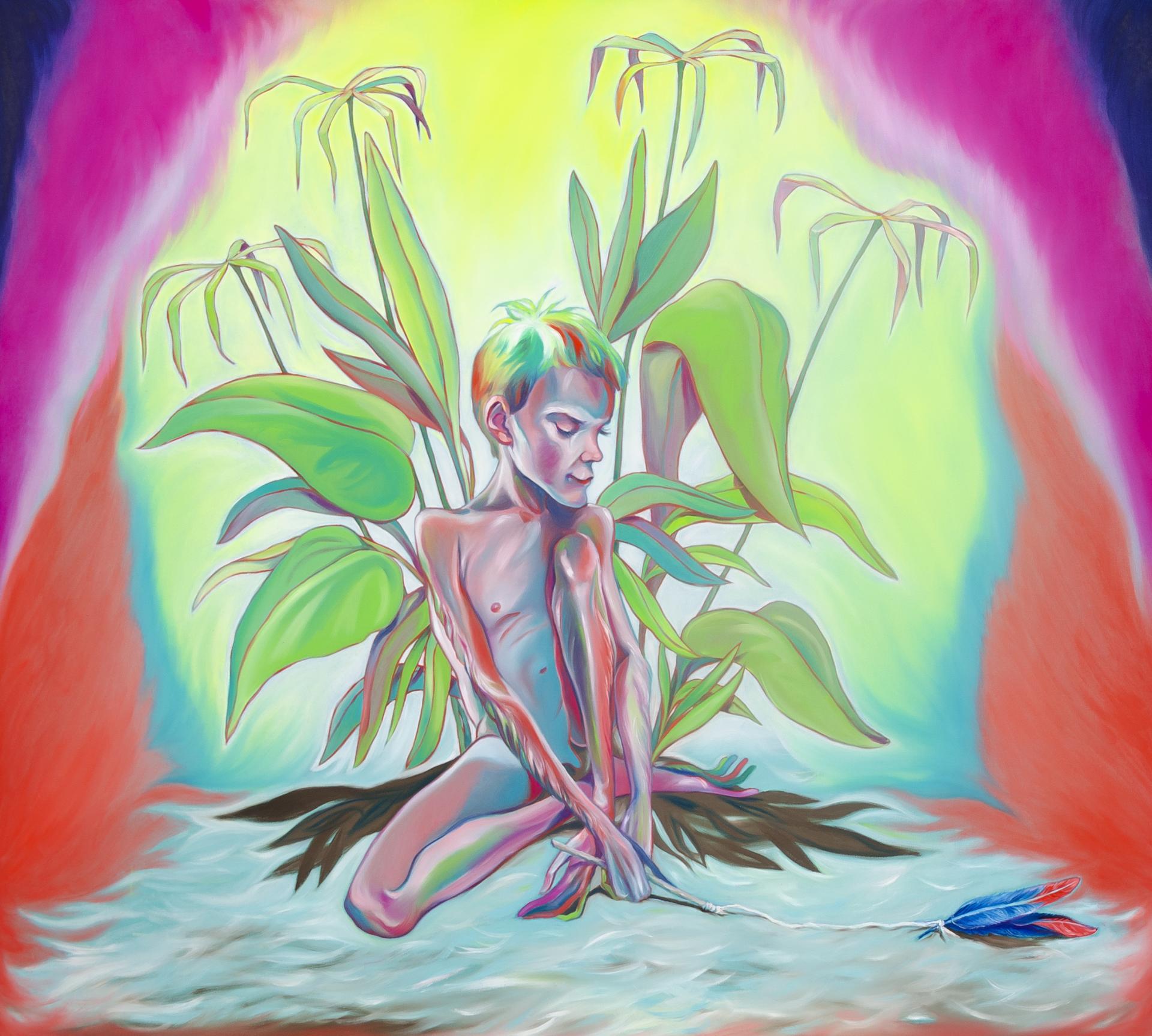
180 x 200 cm
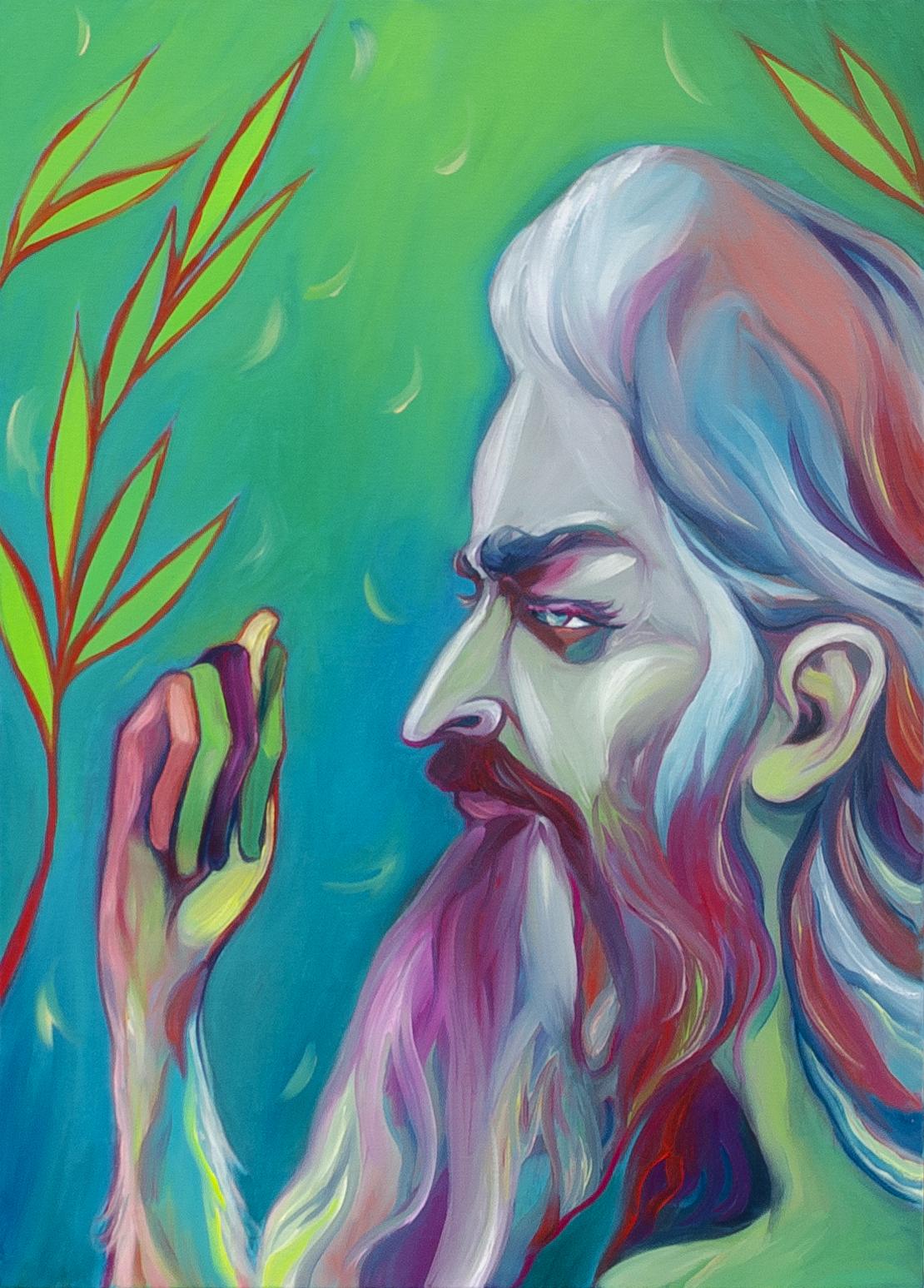
70 x 50 cm

100 x 80 cm
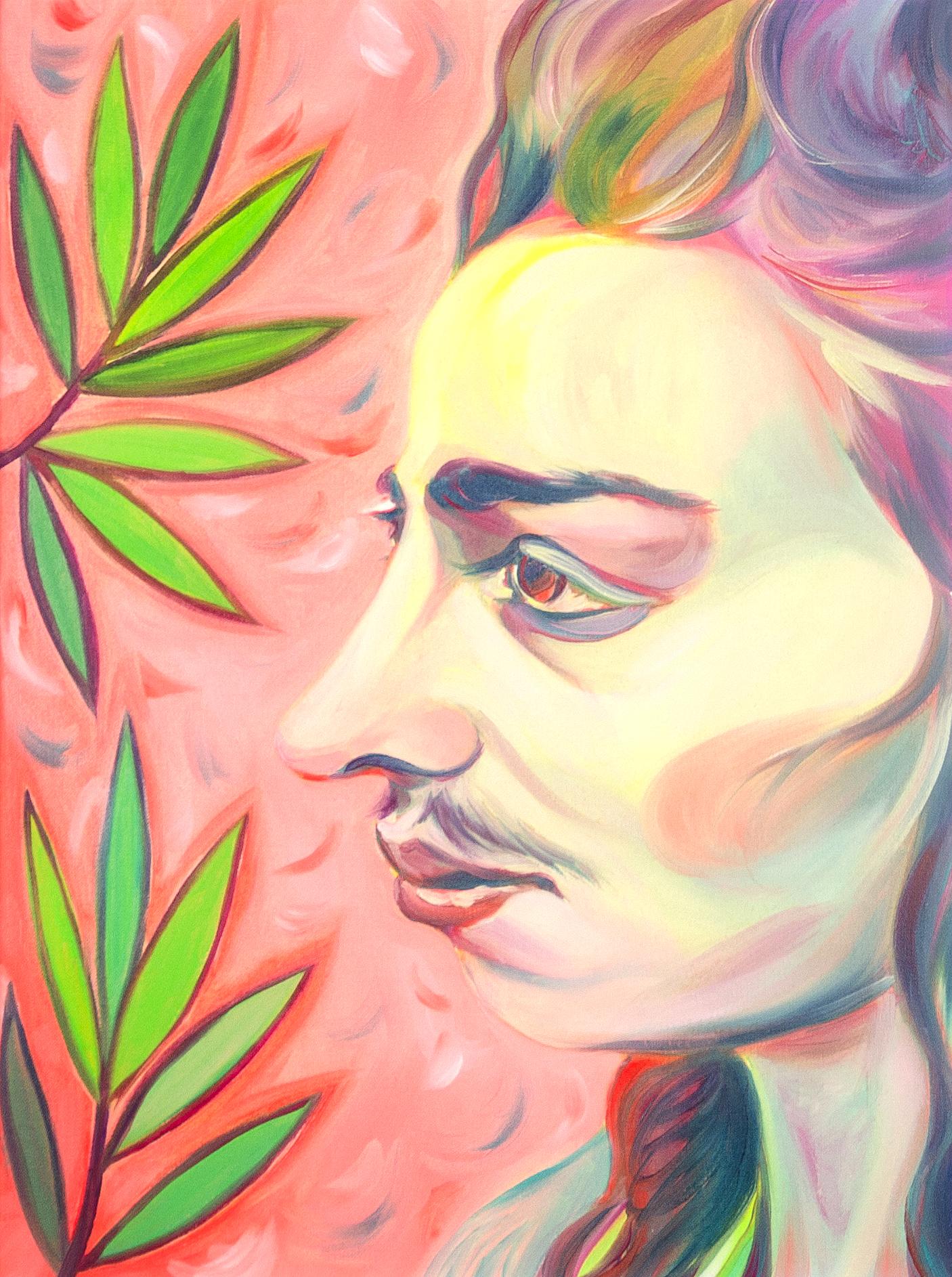
34,5 x 46,5 cm
